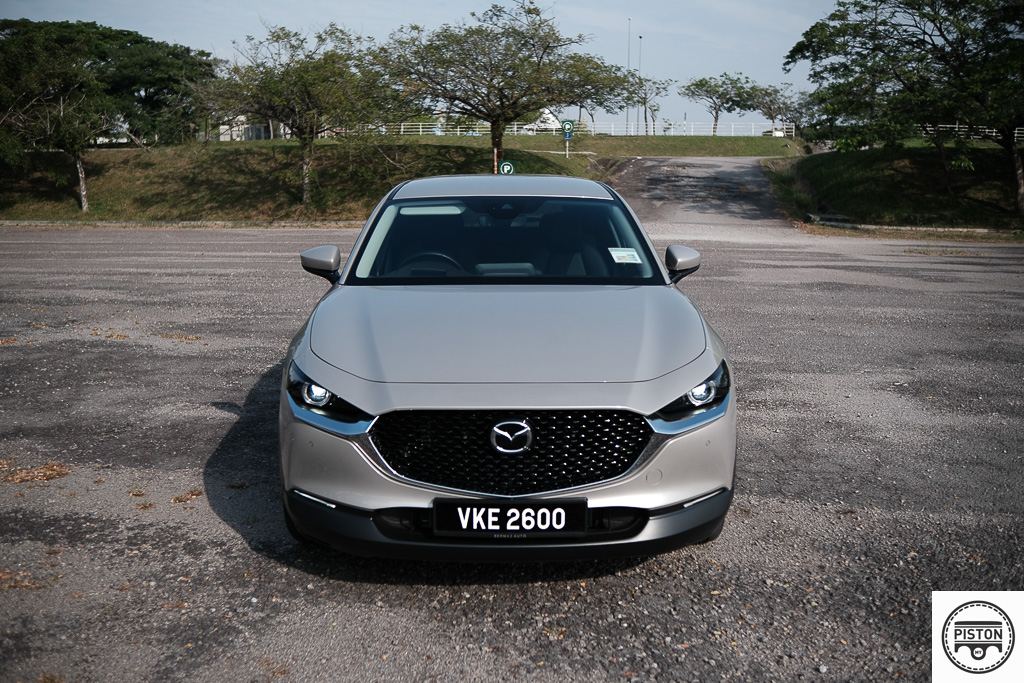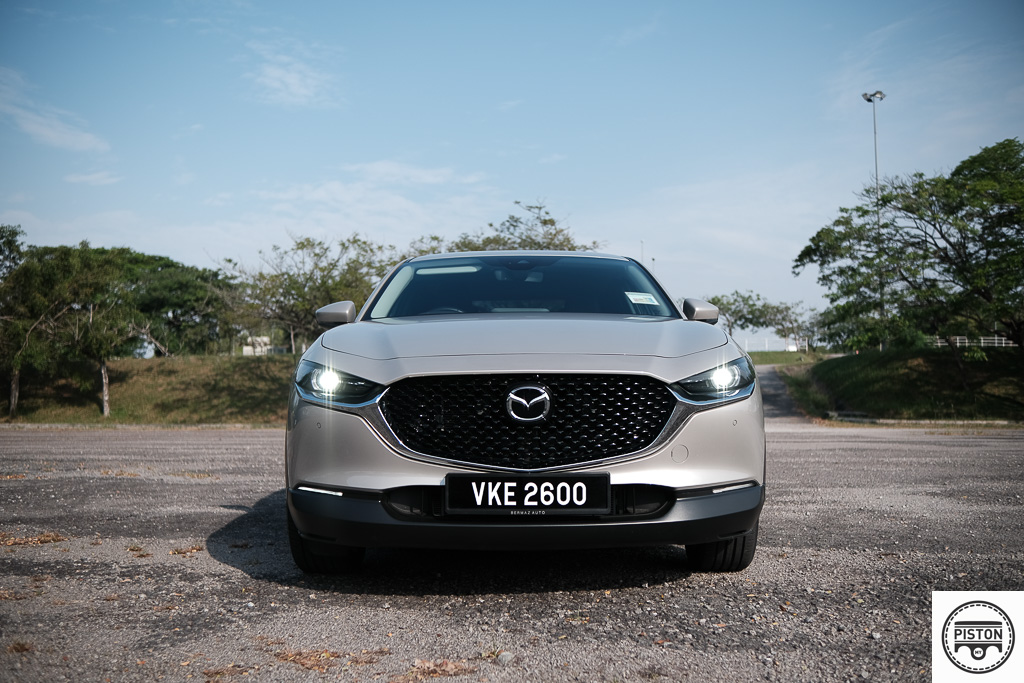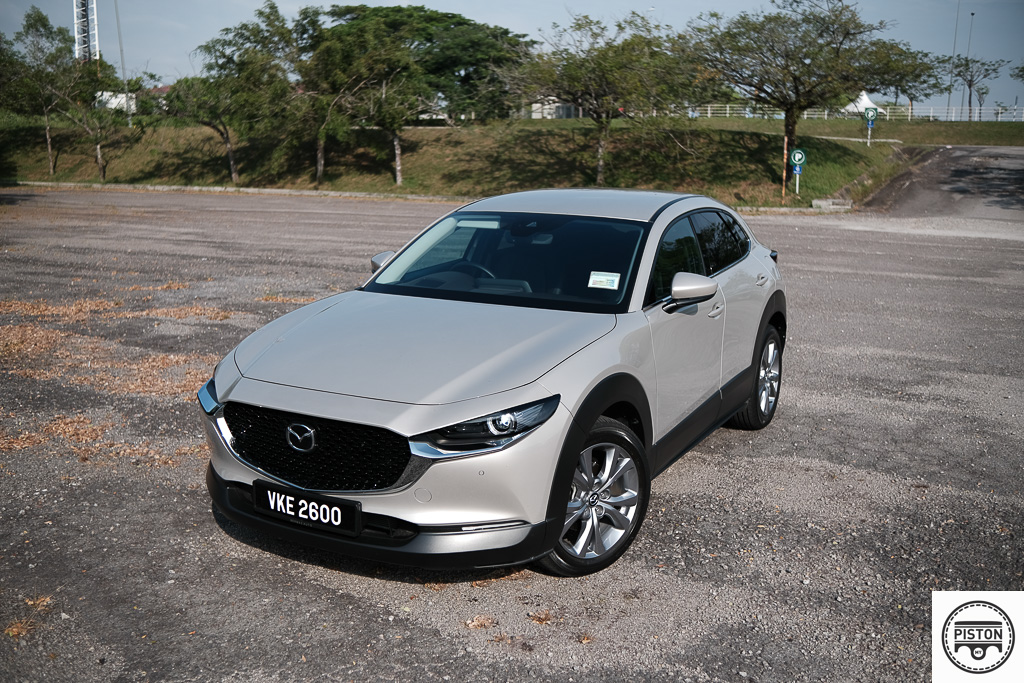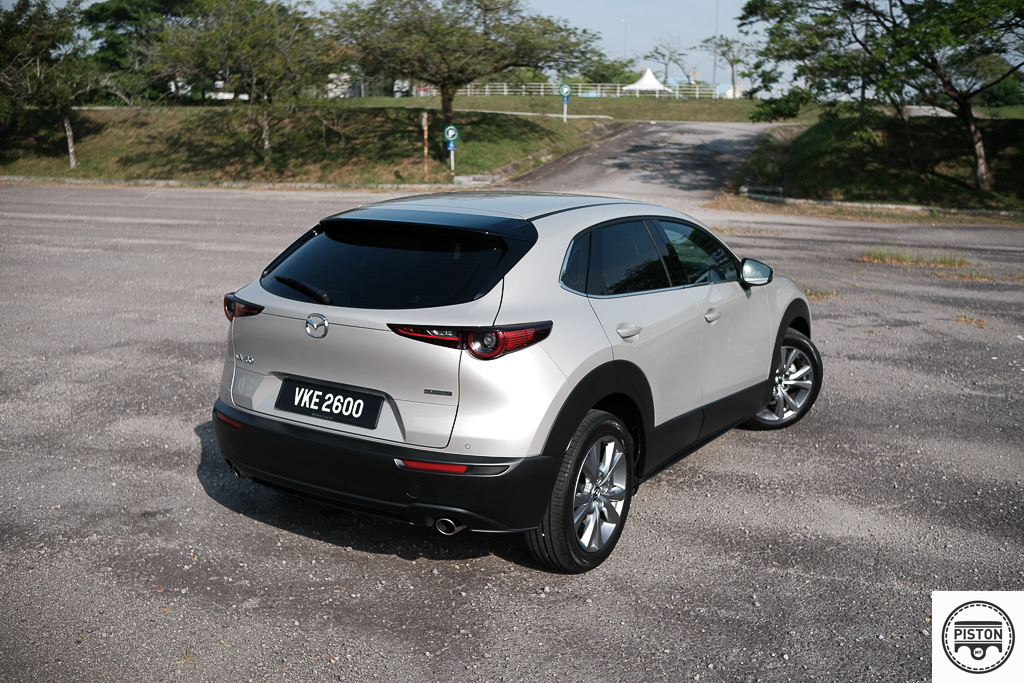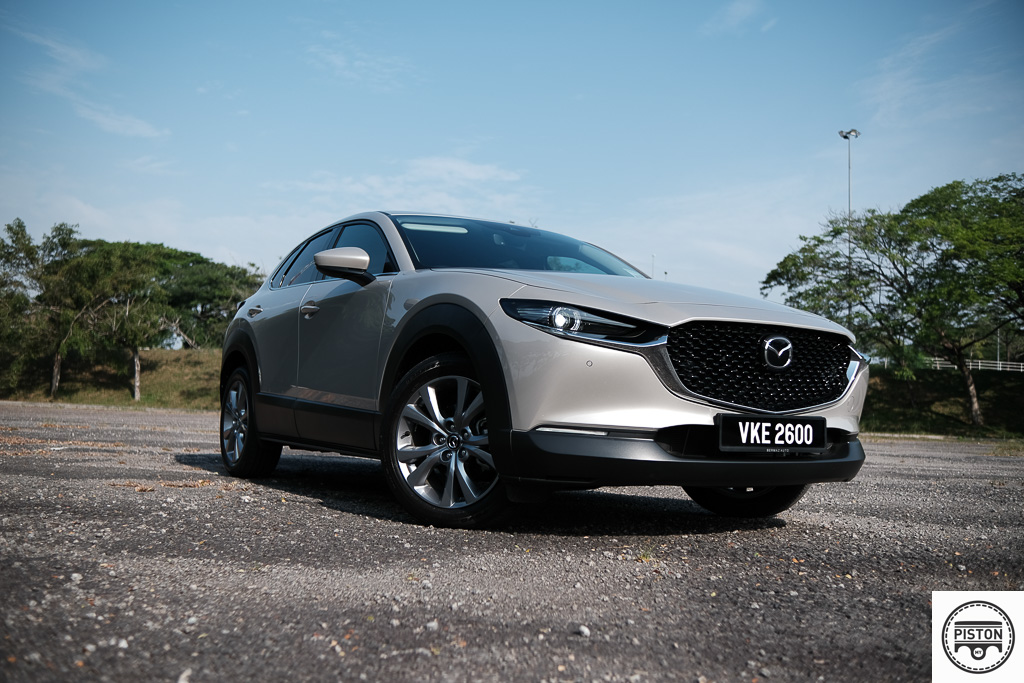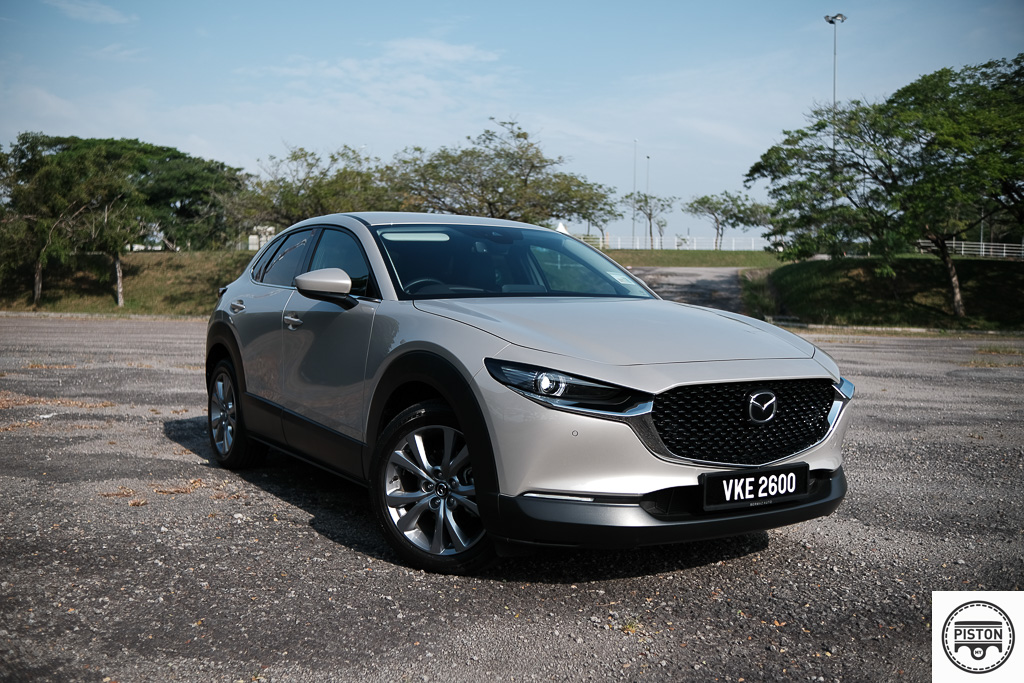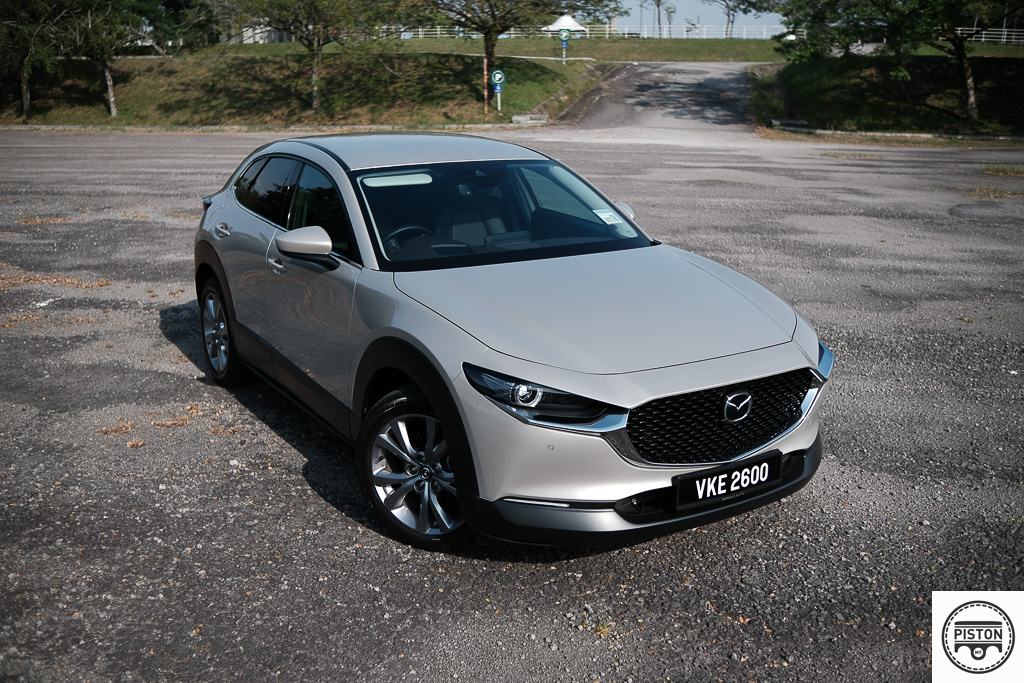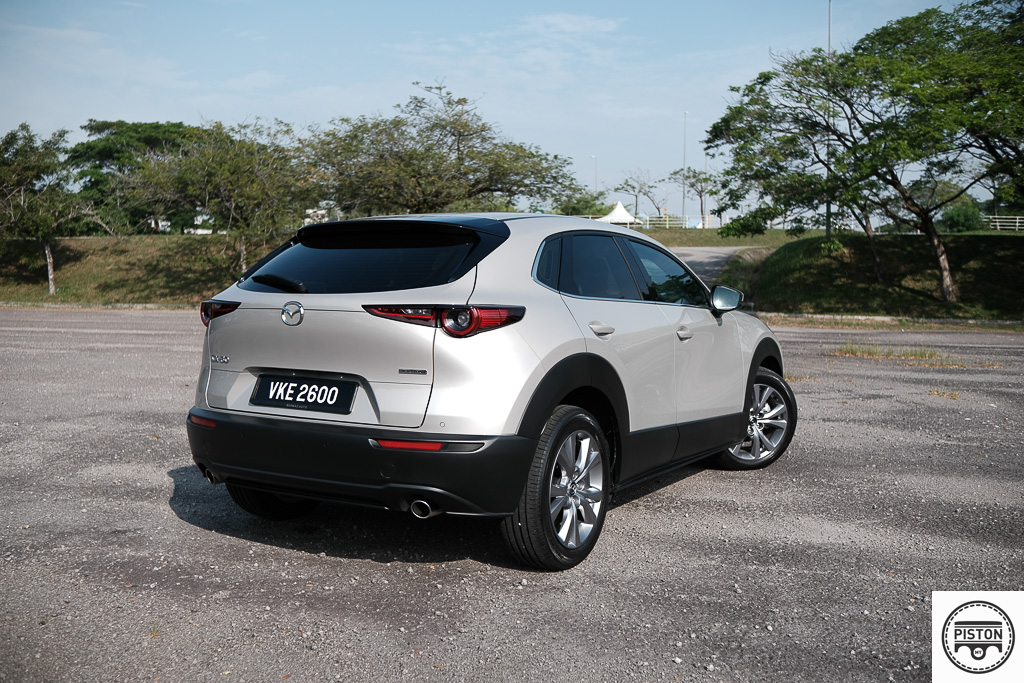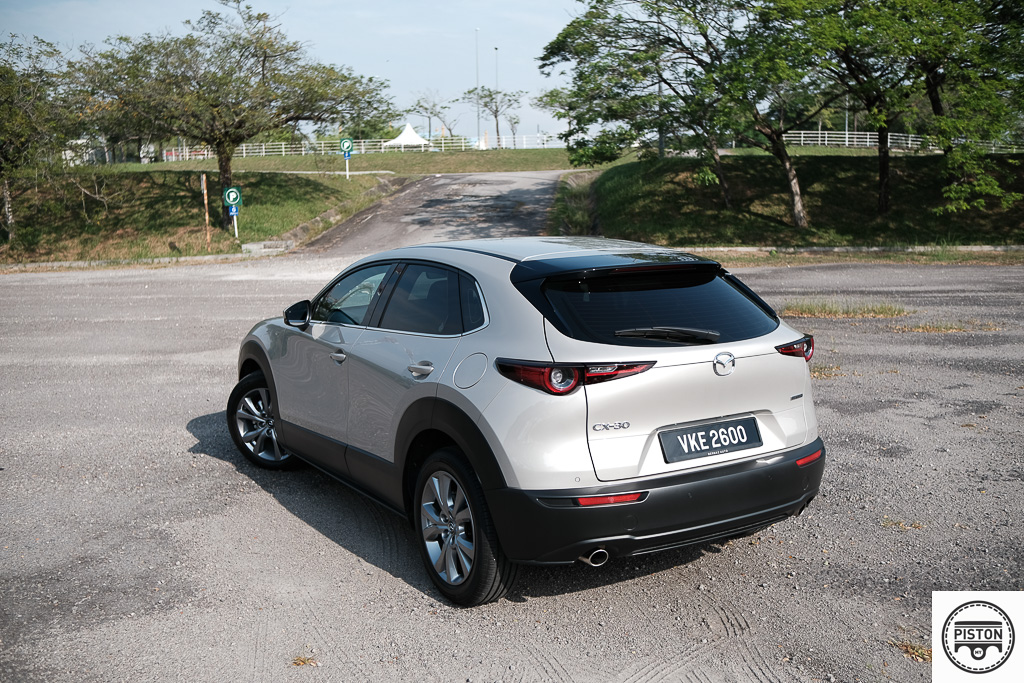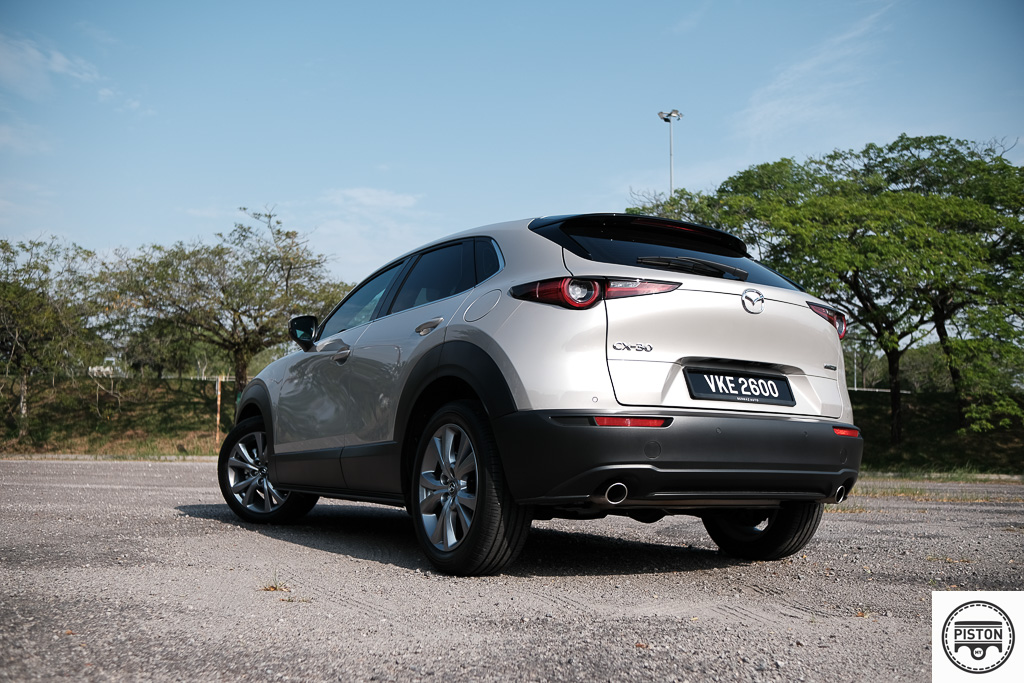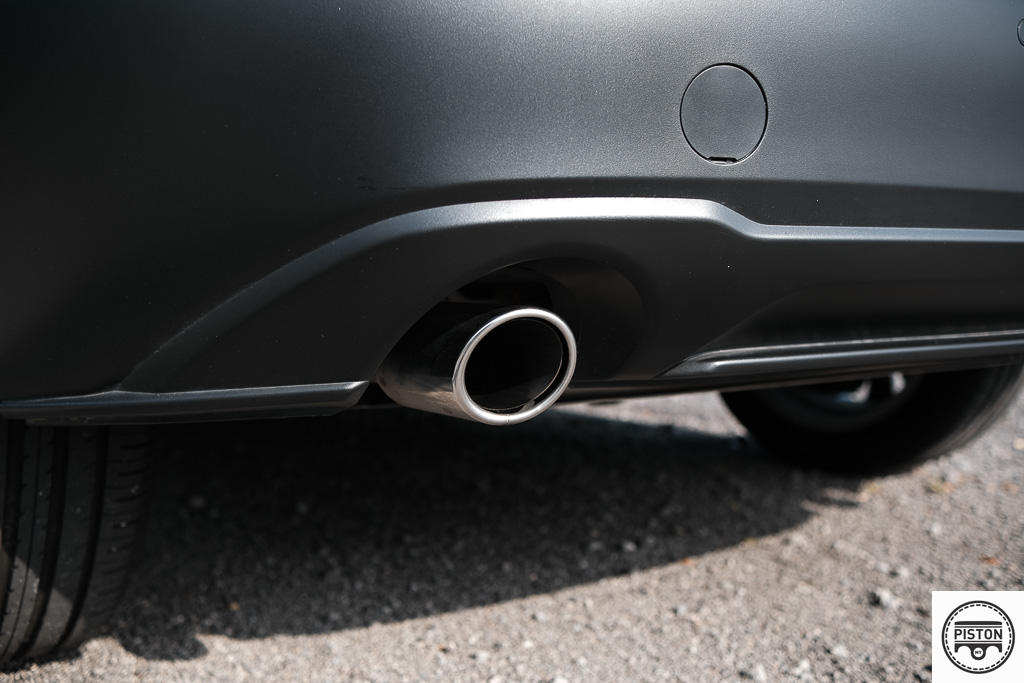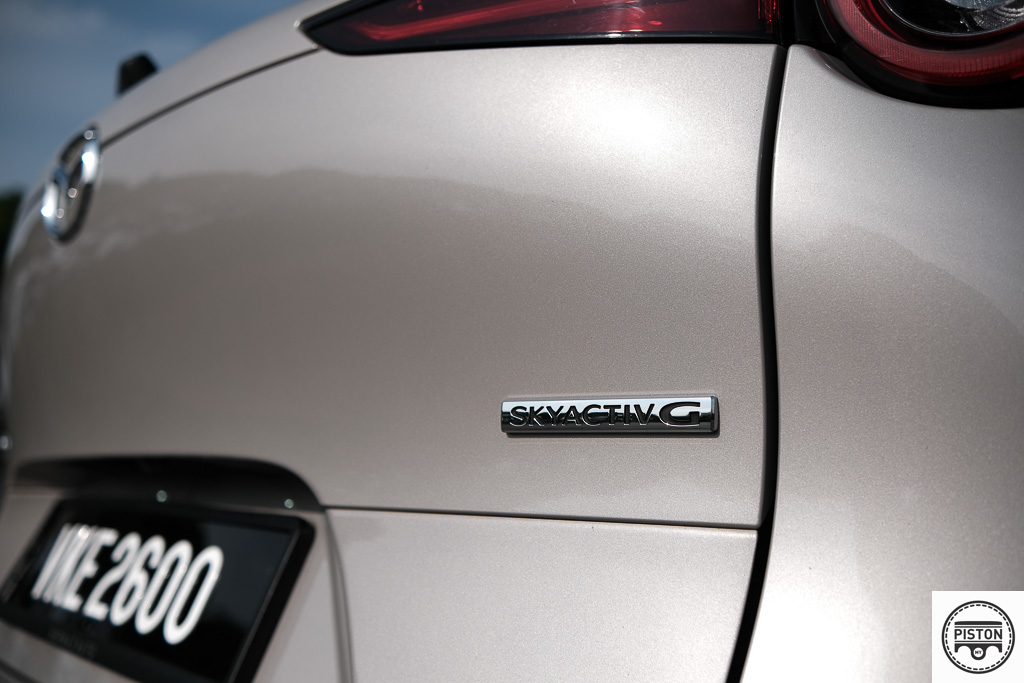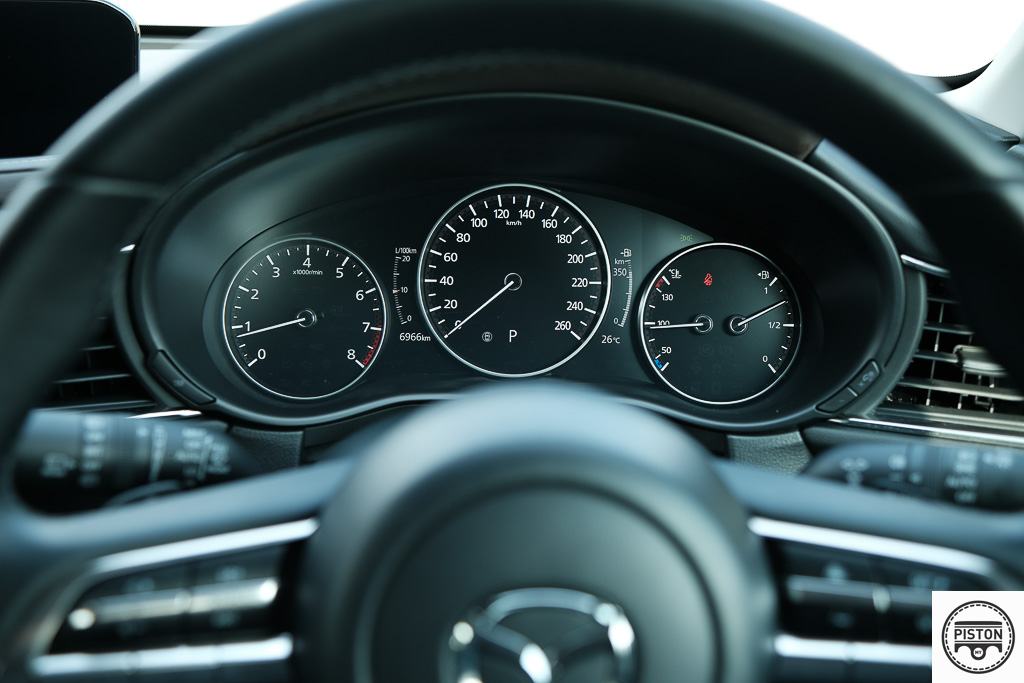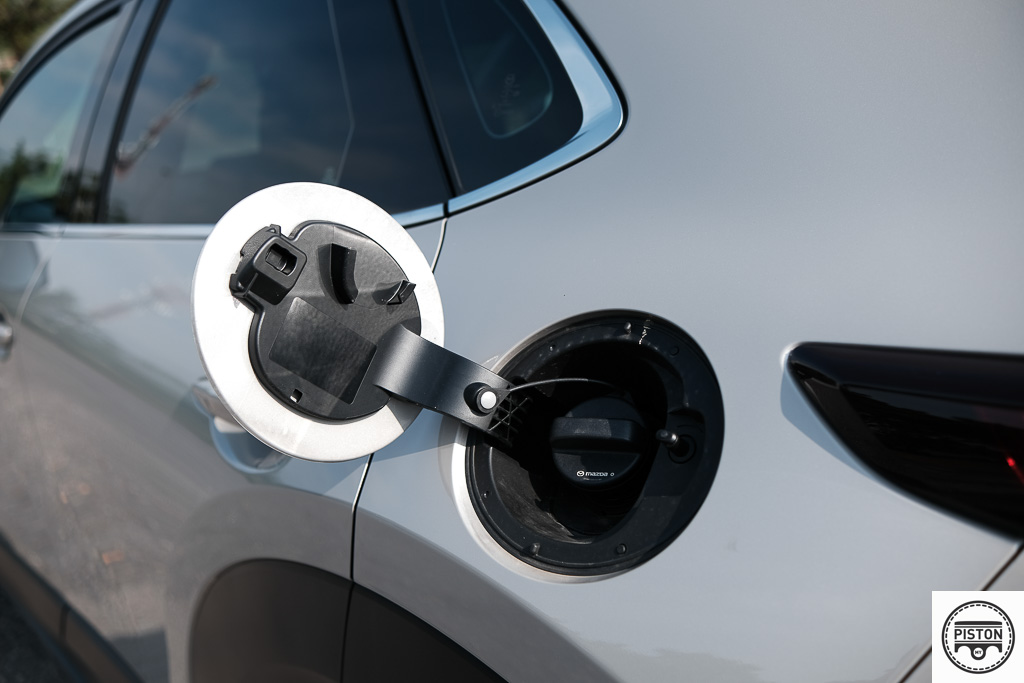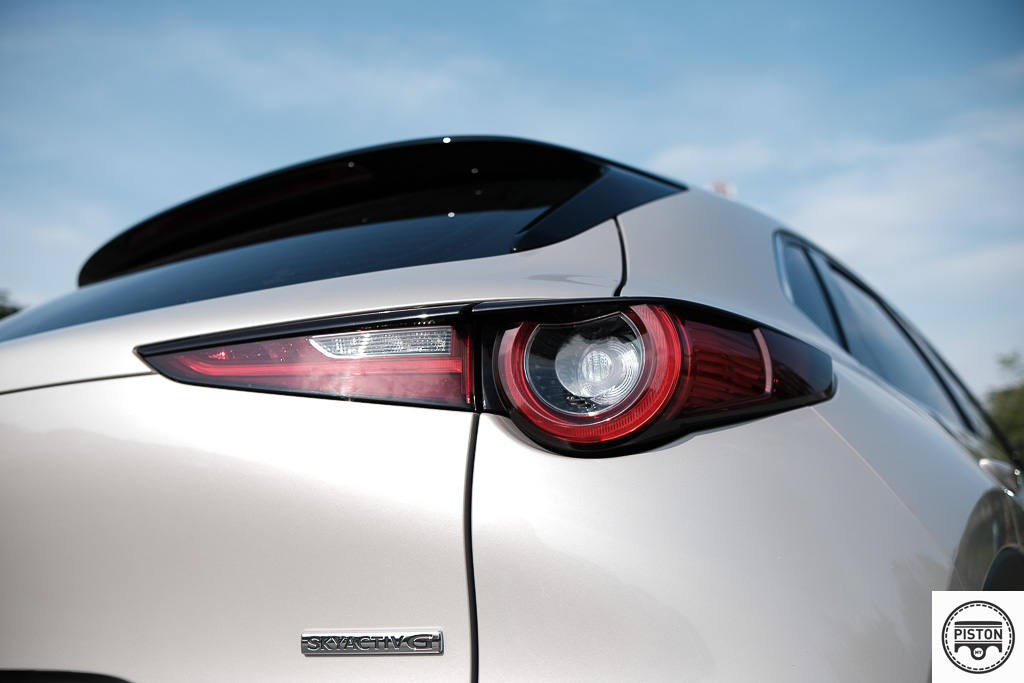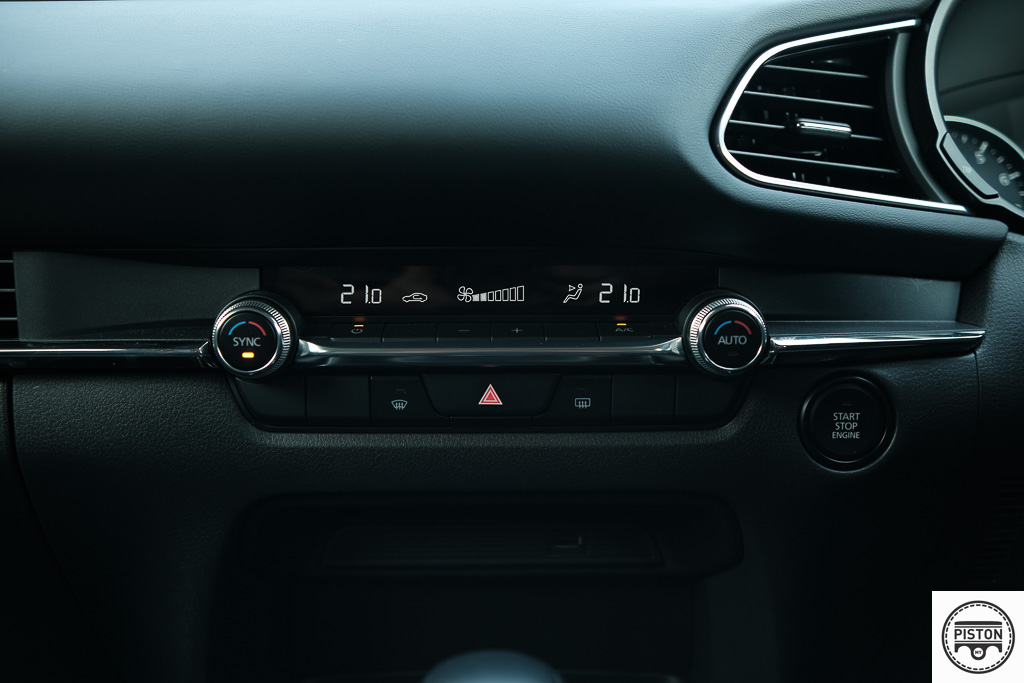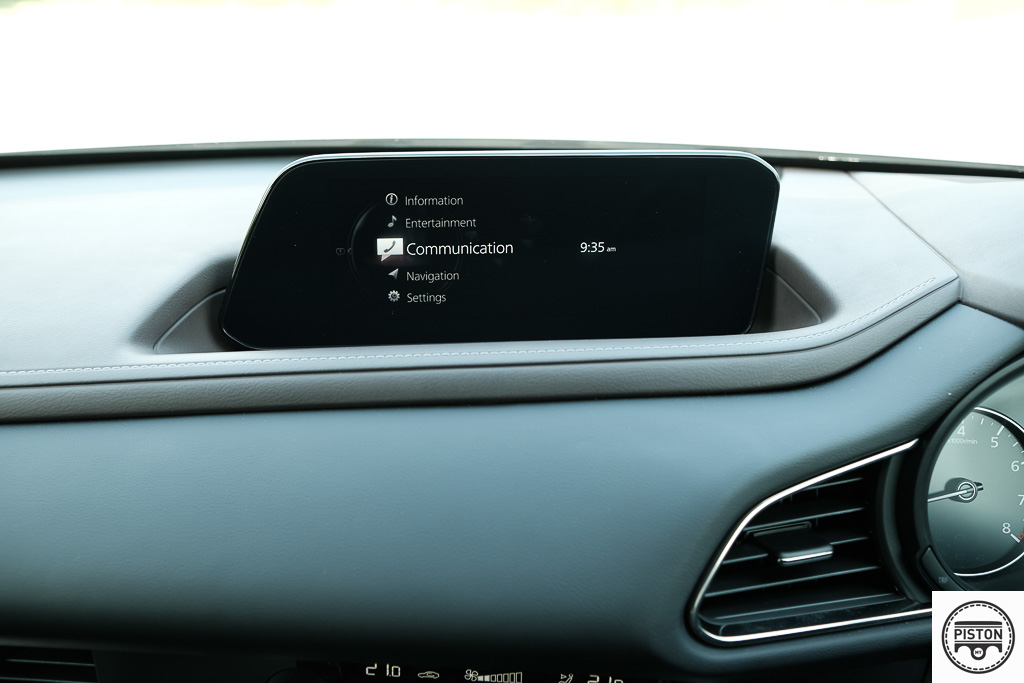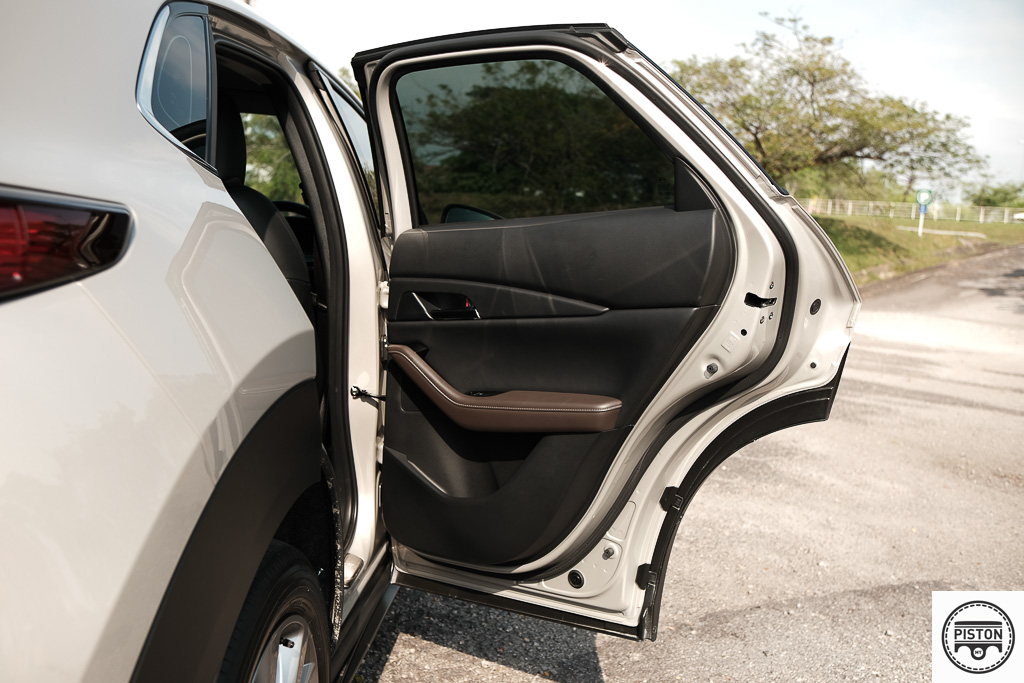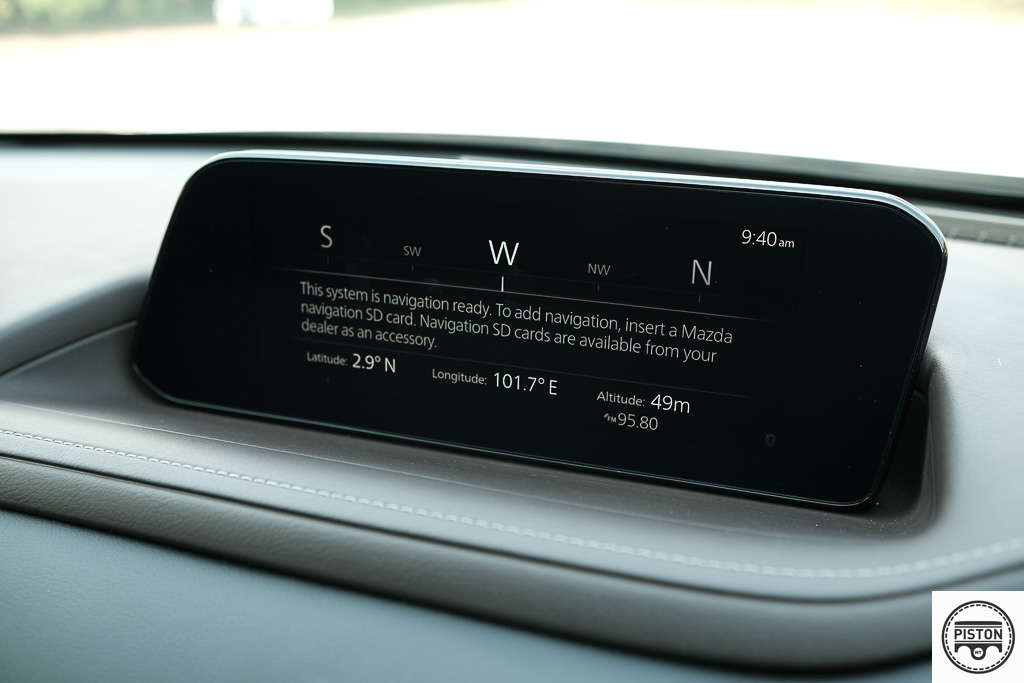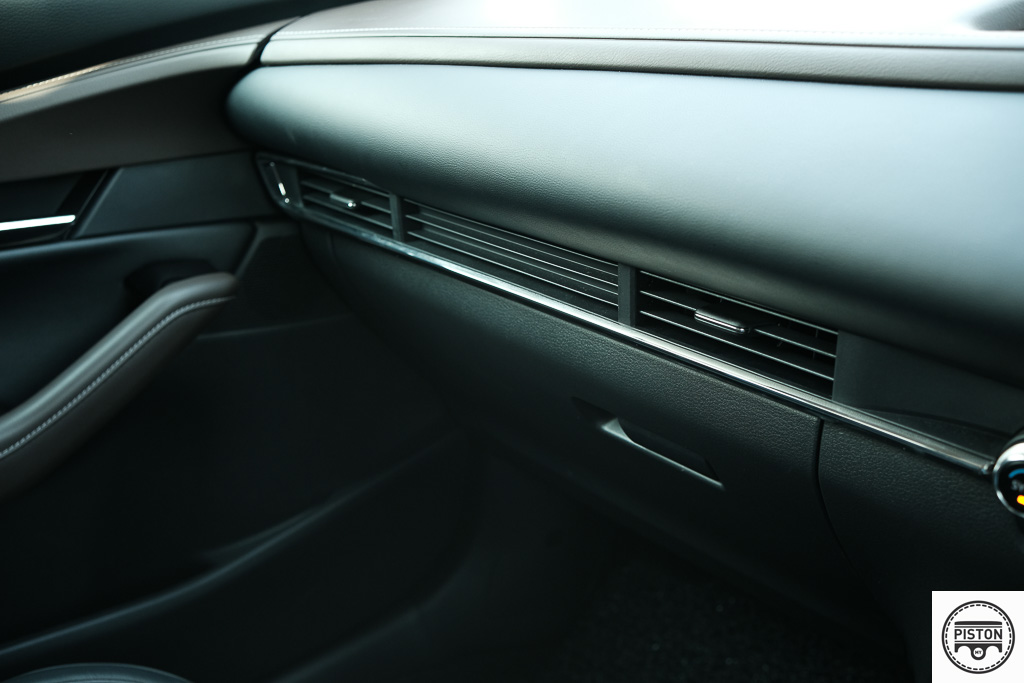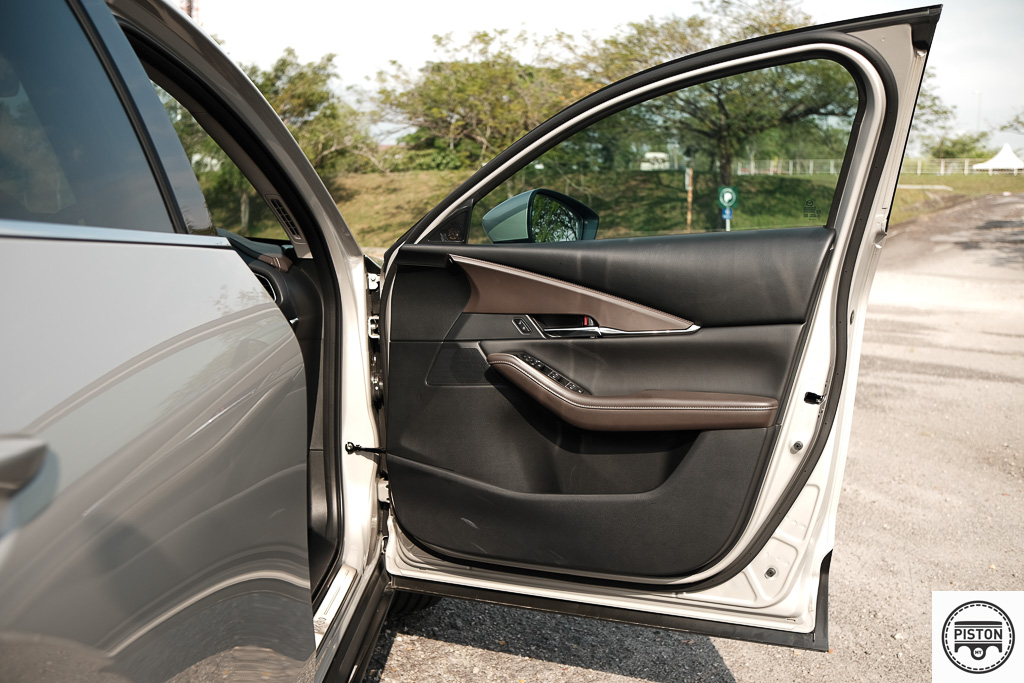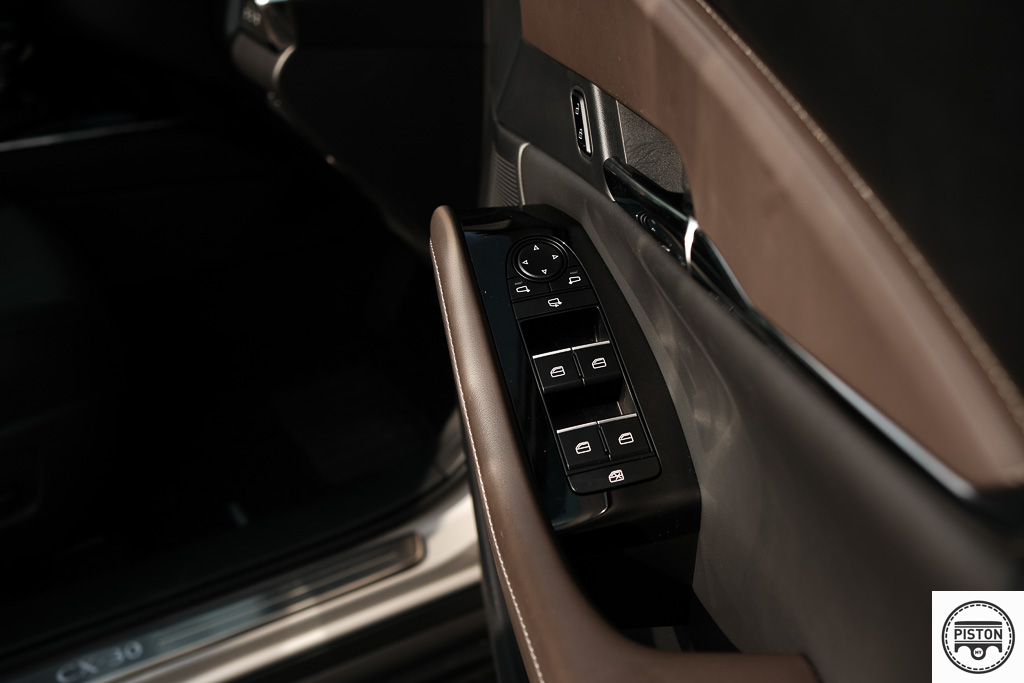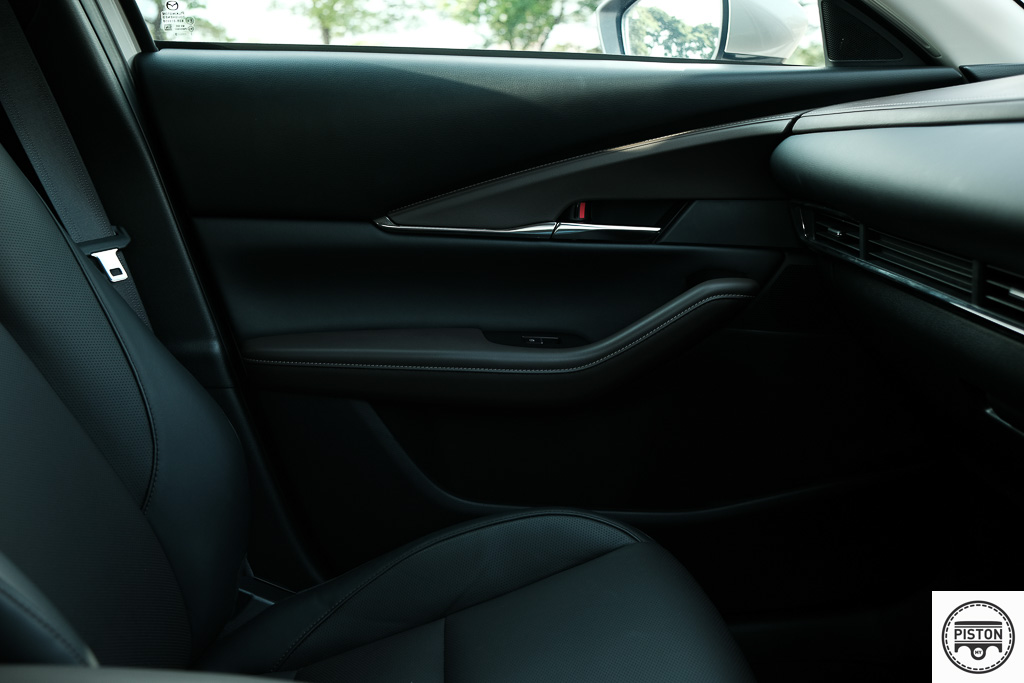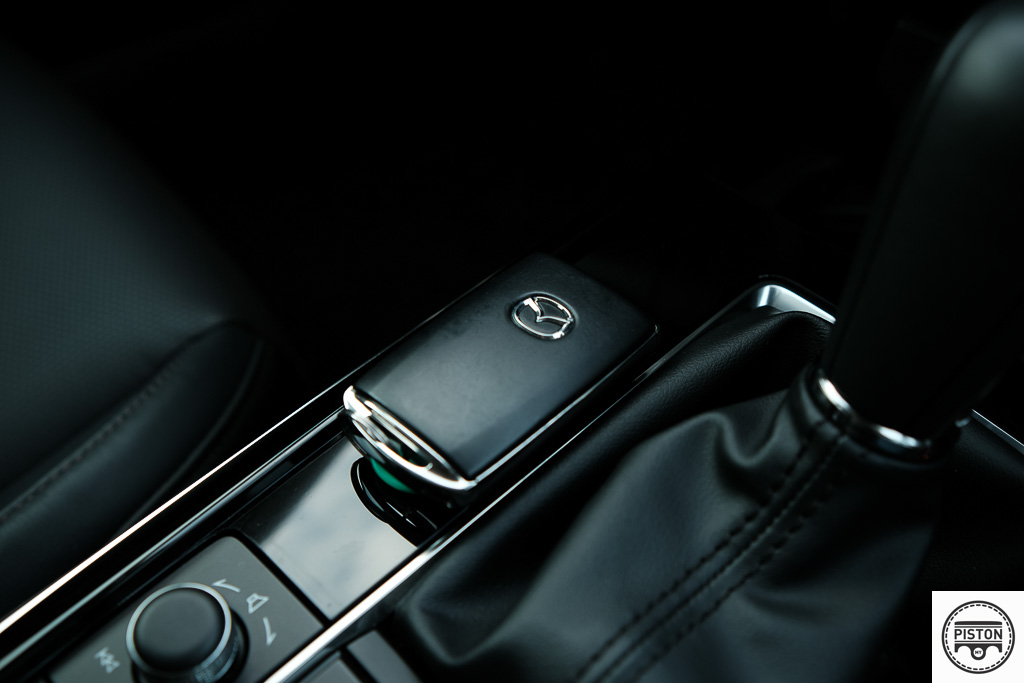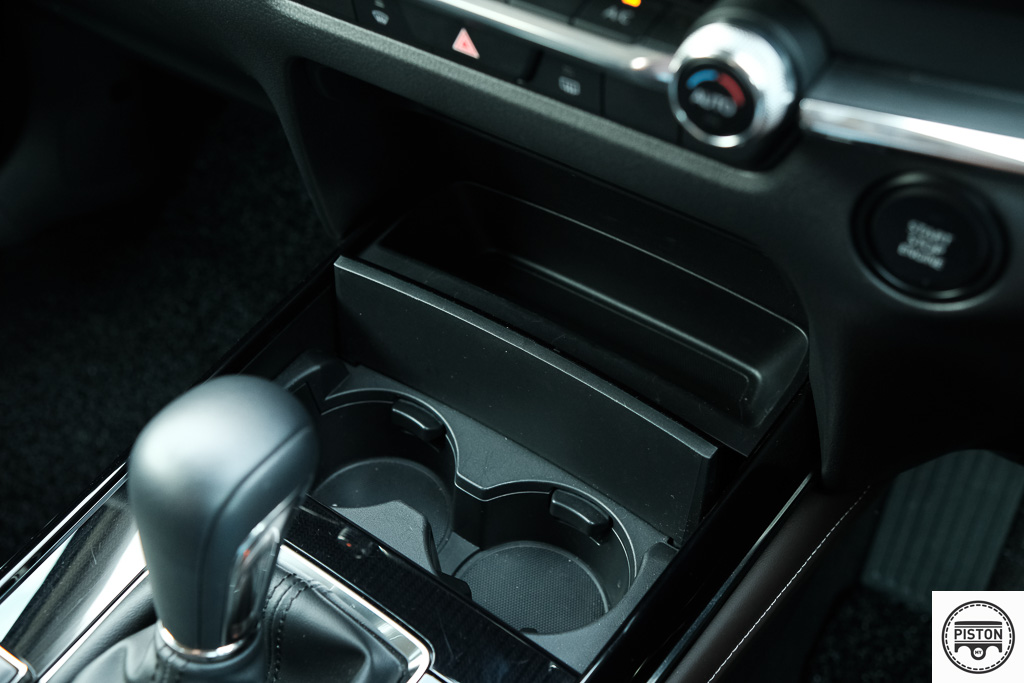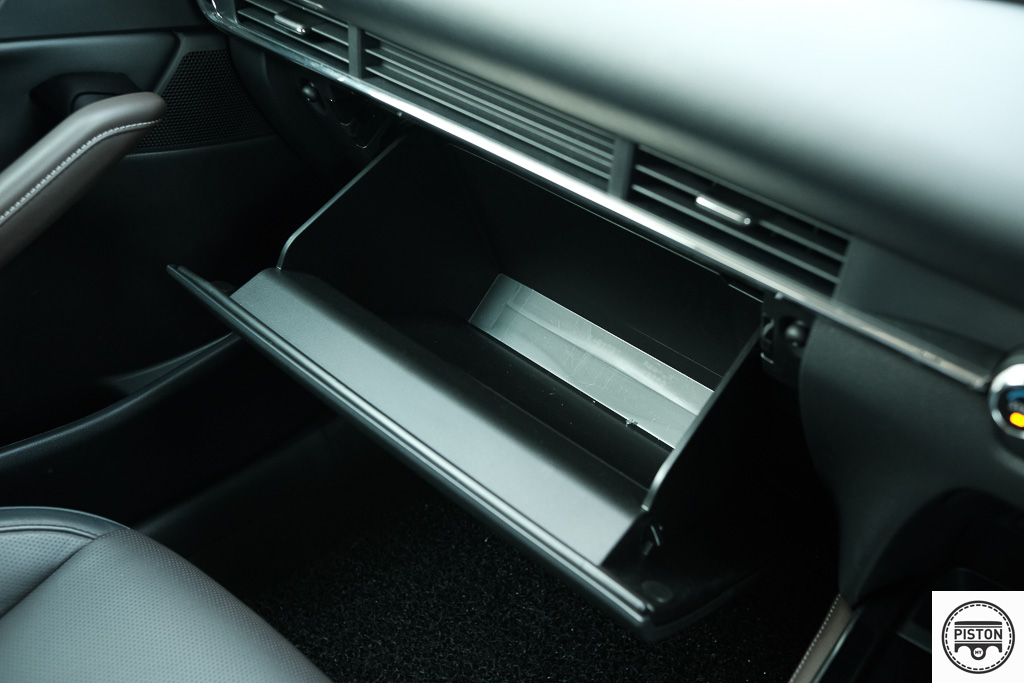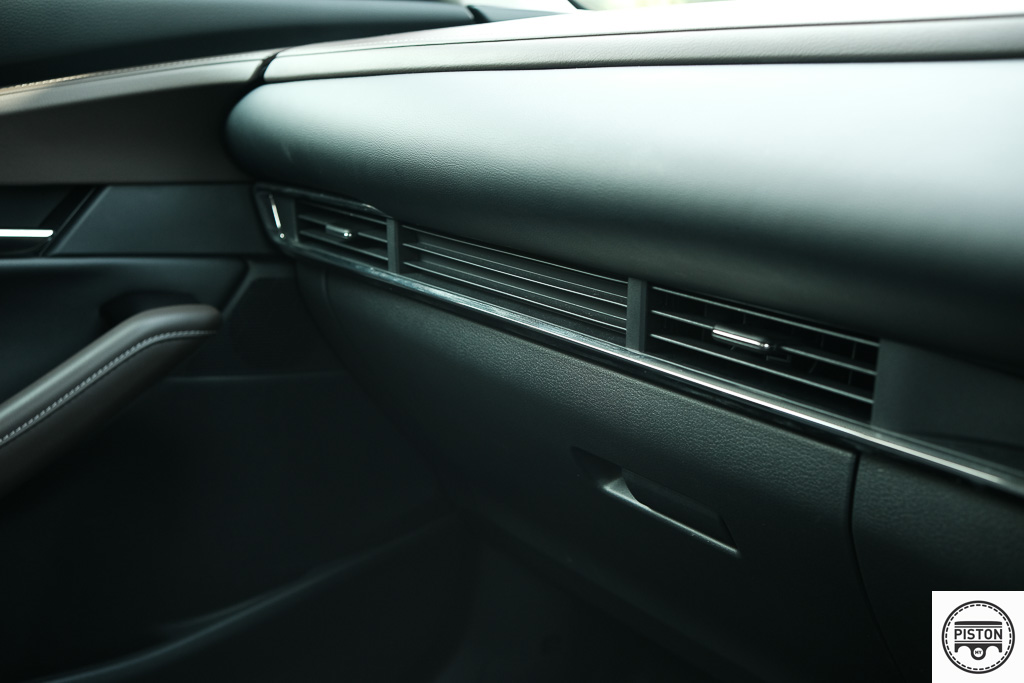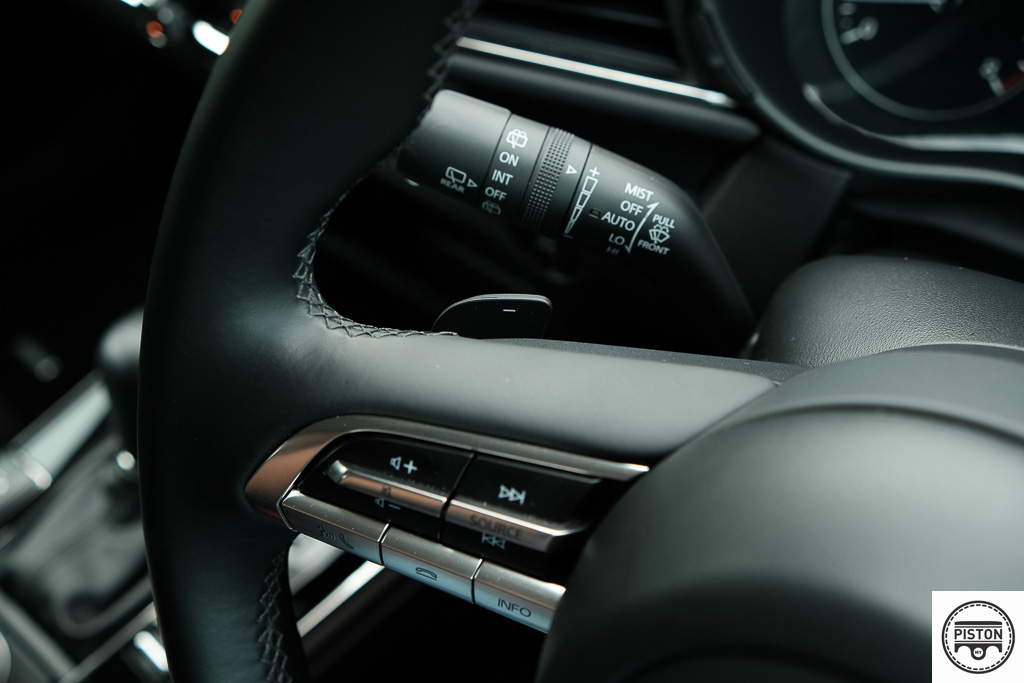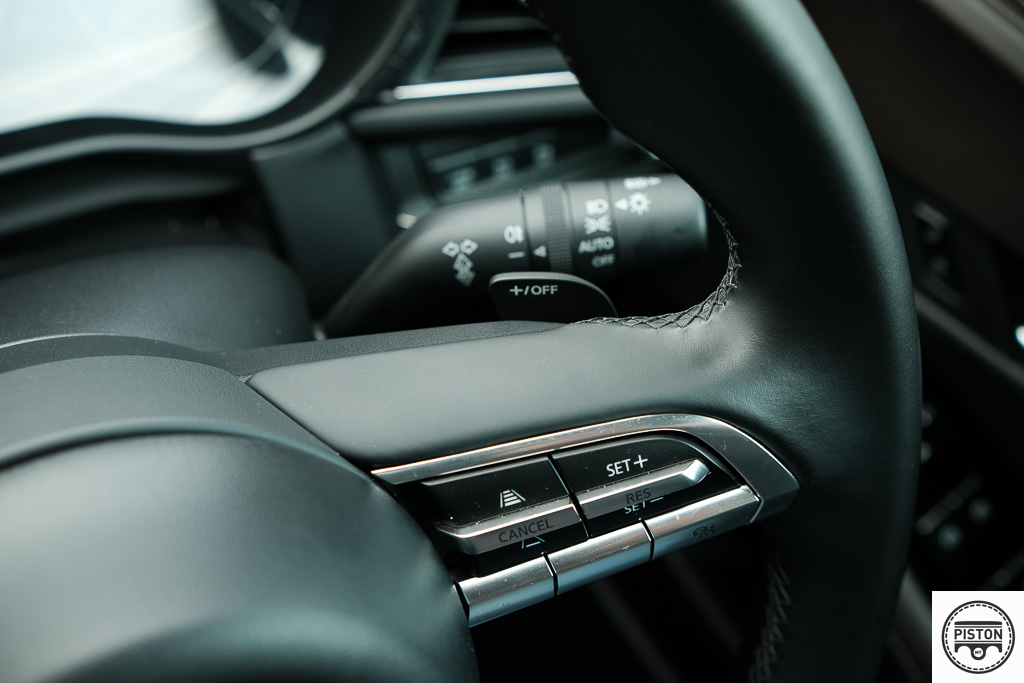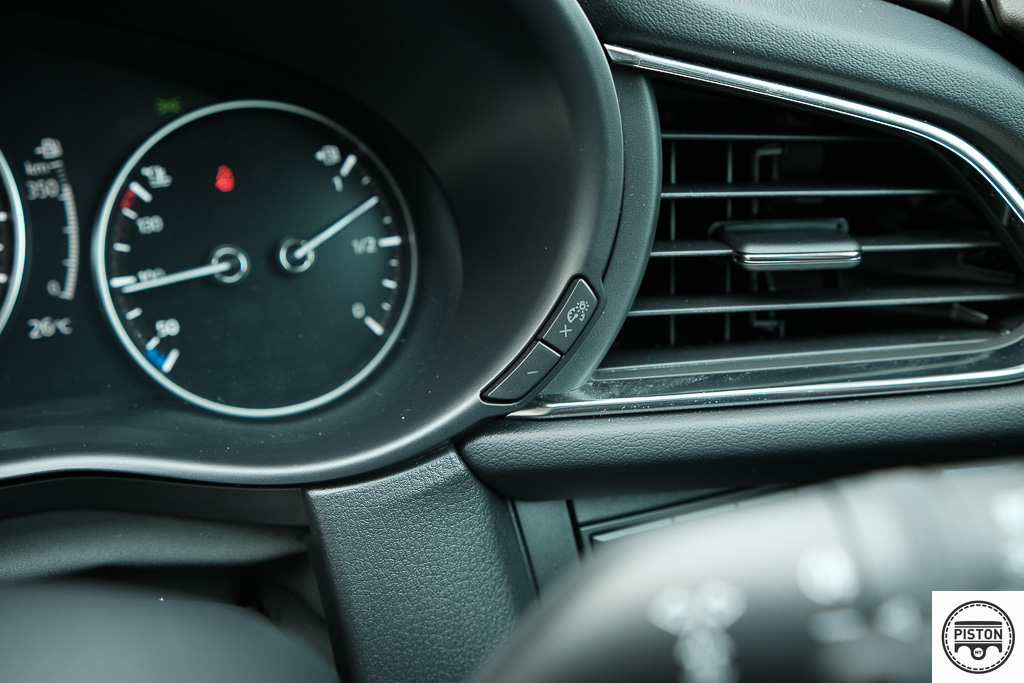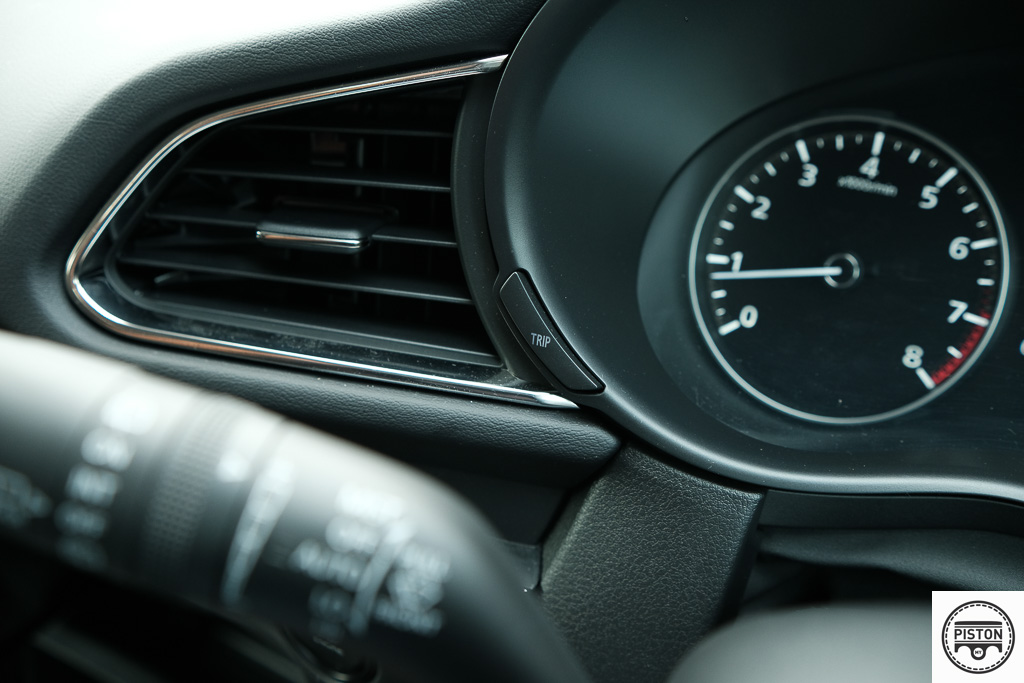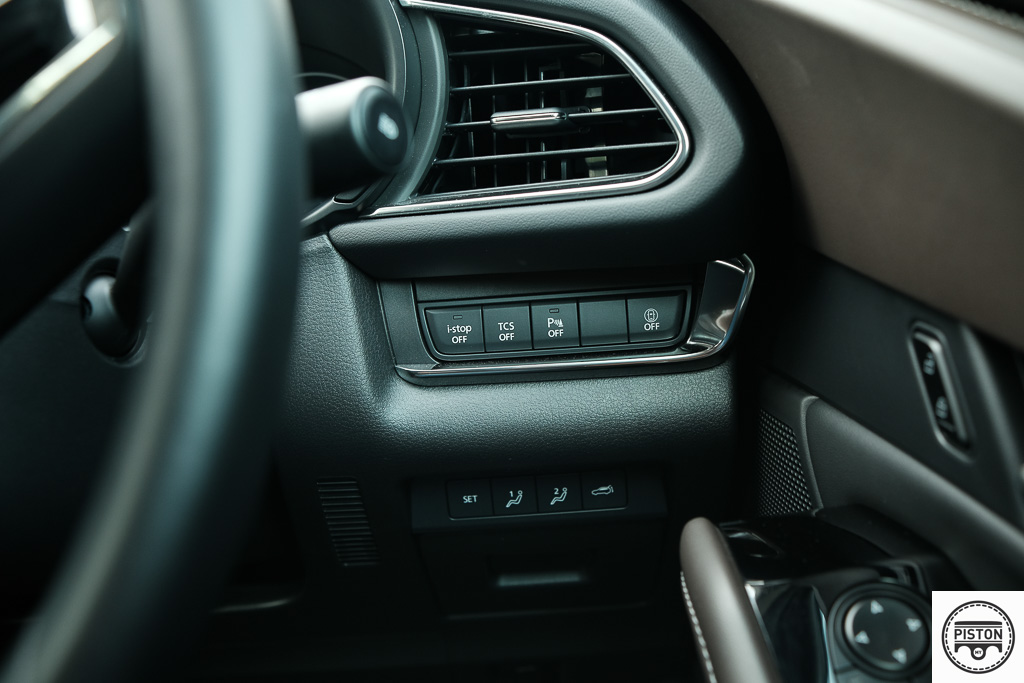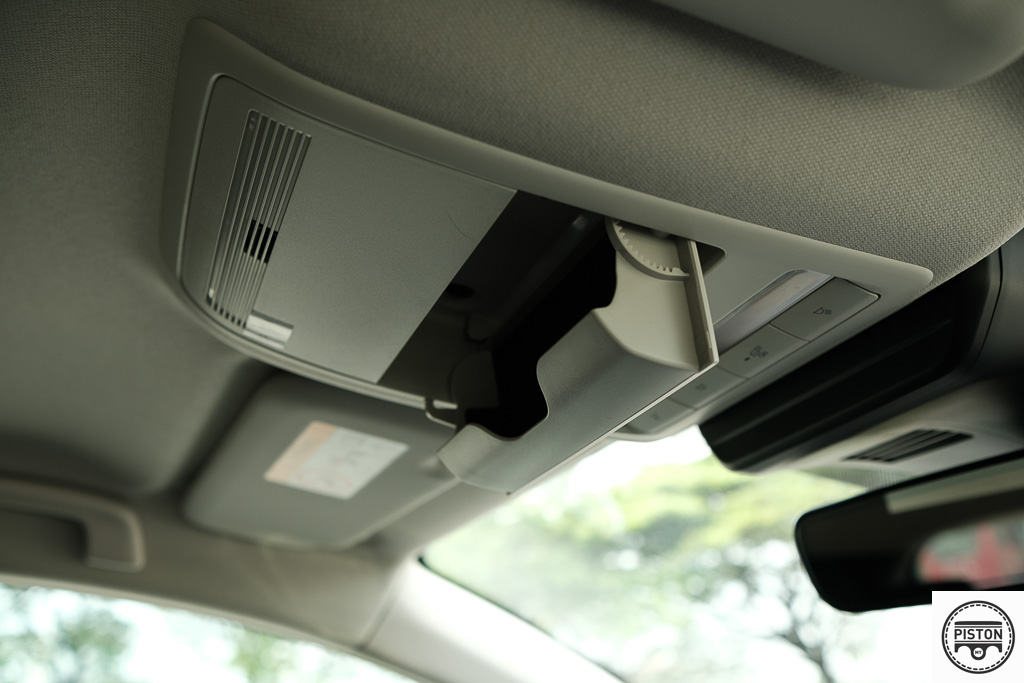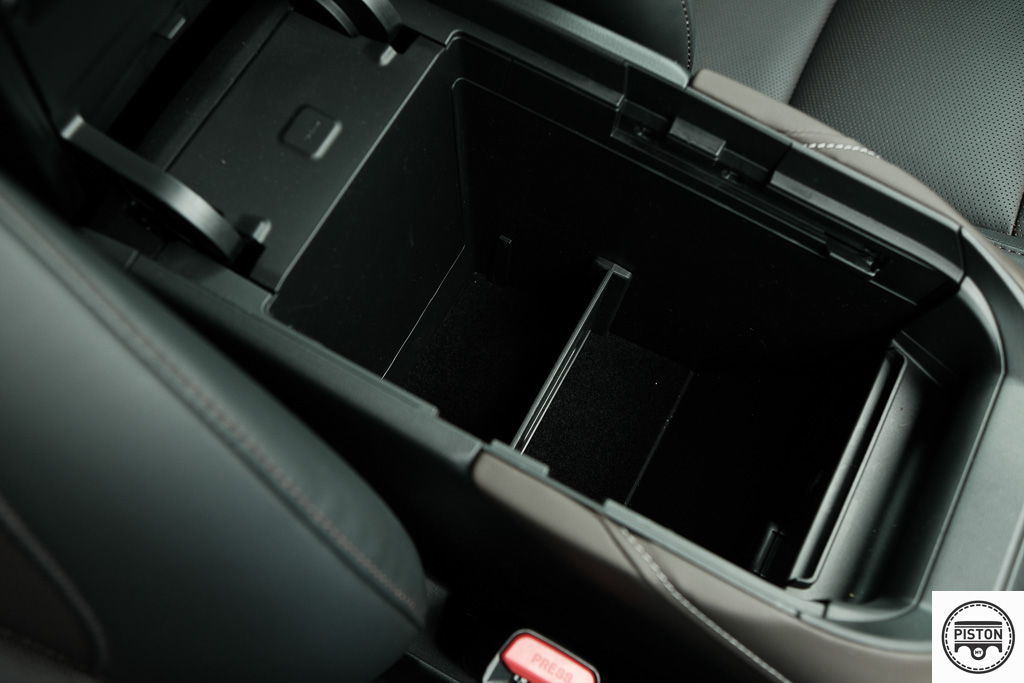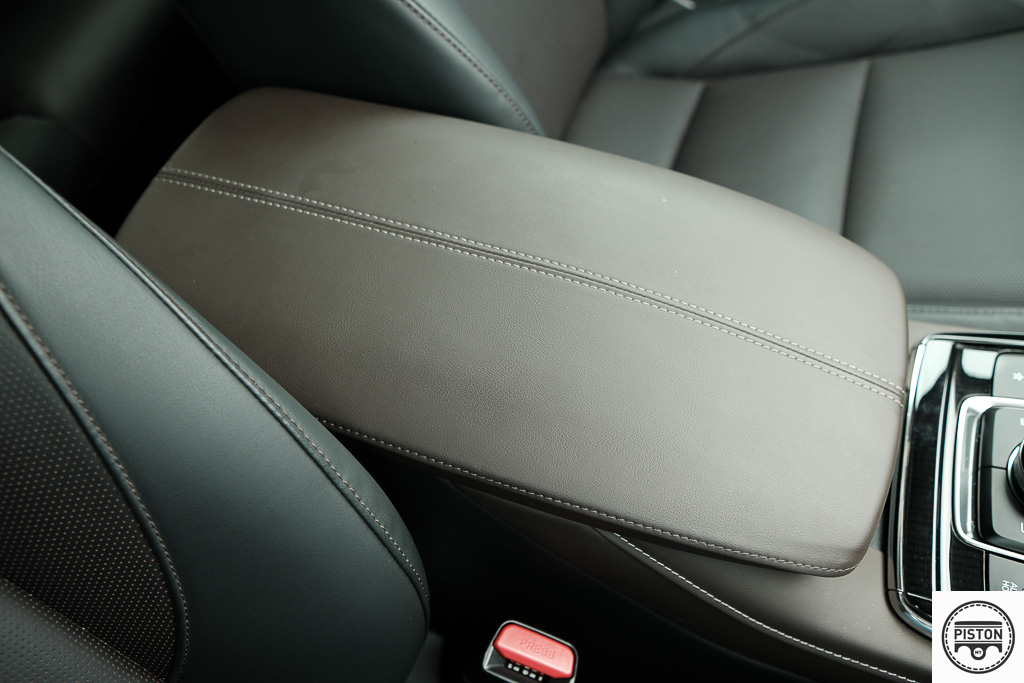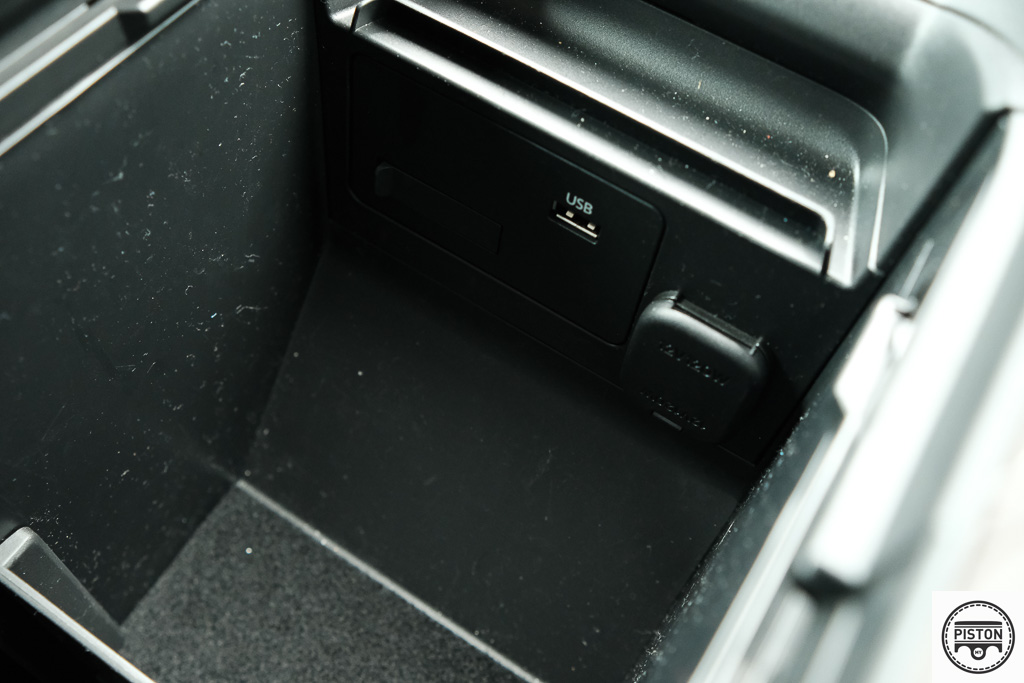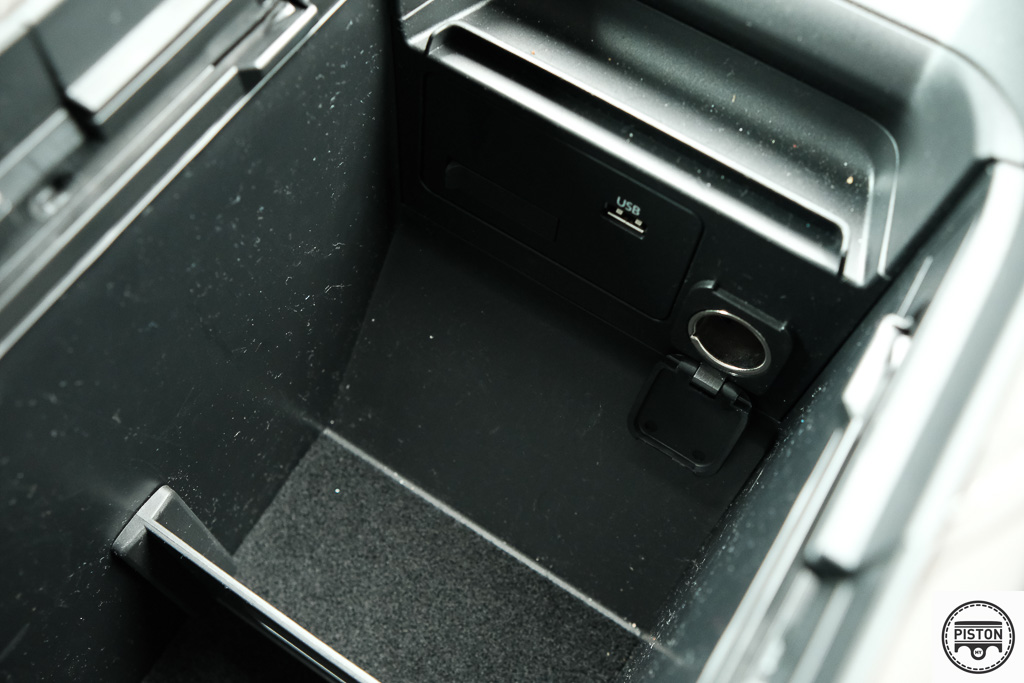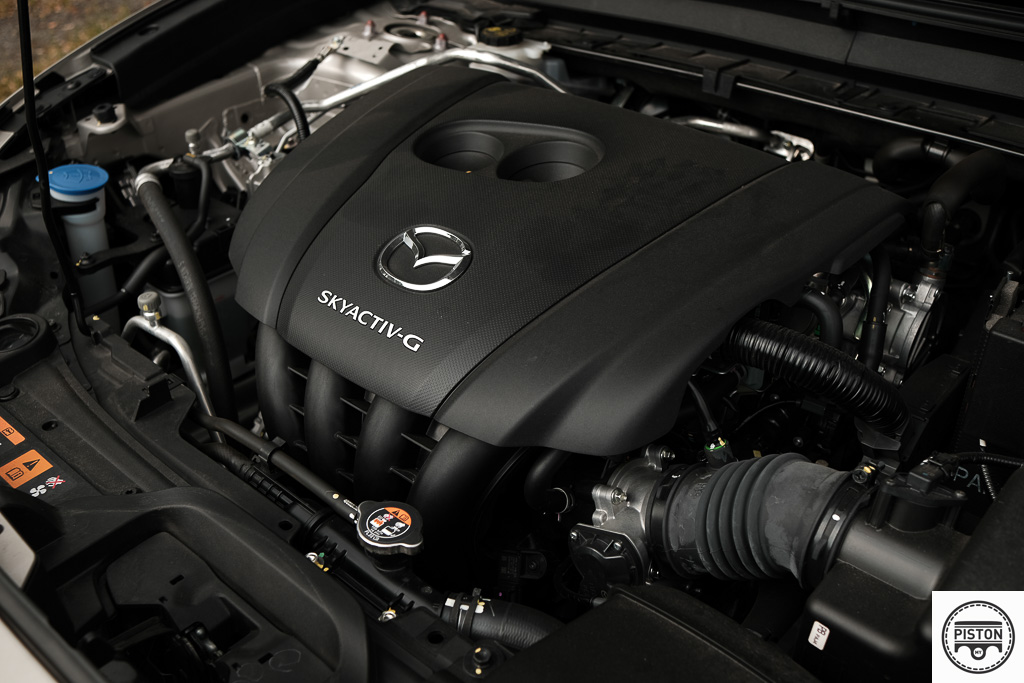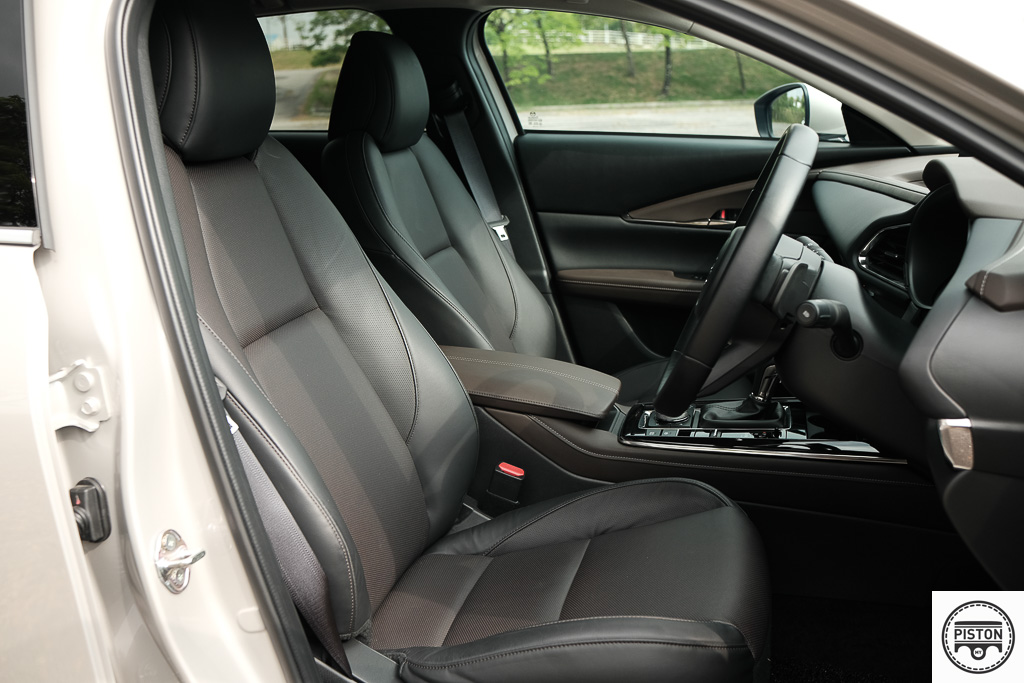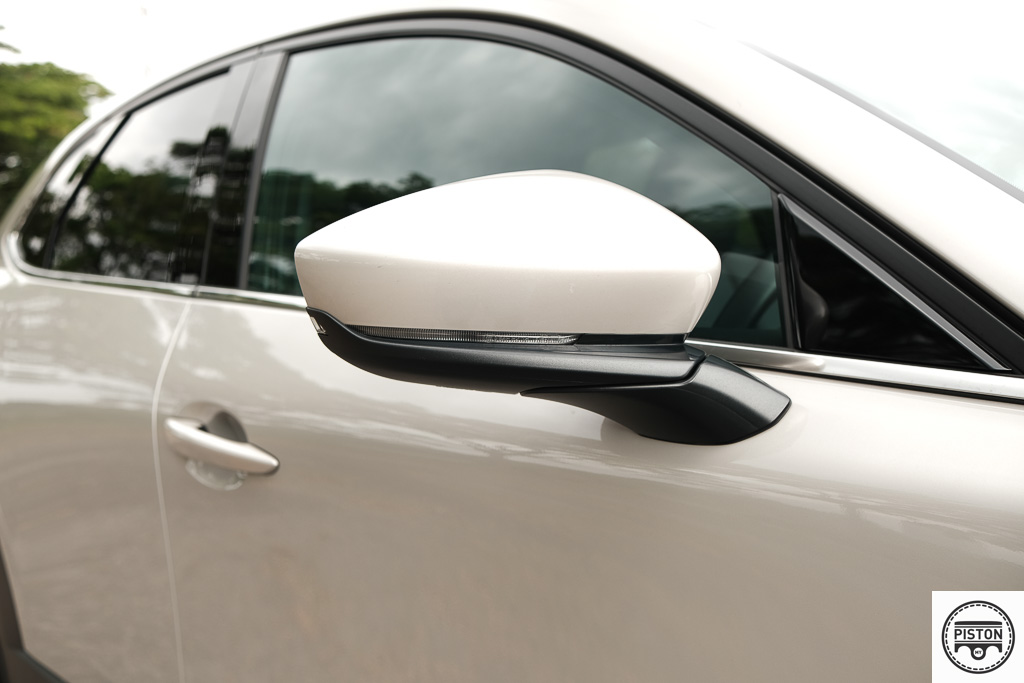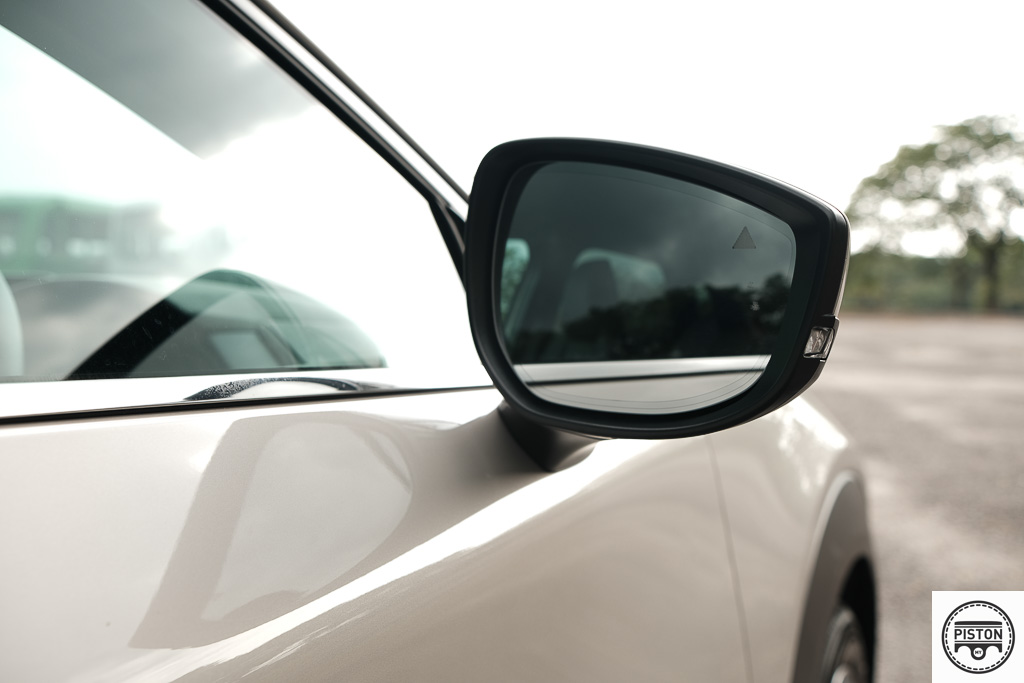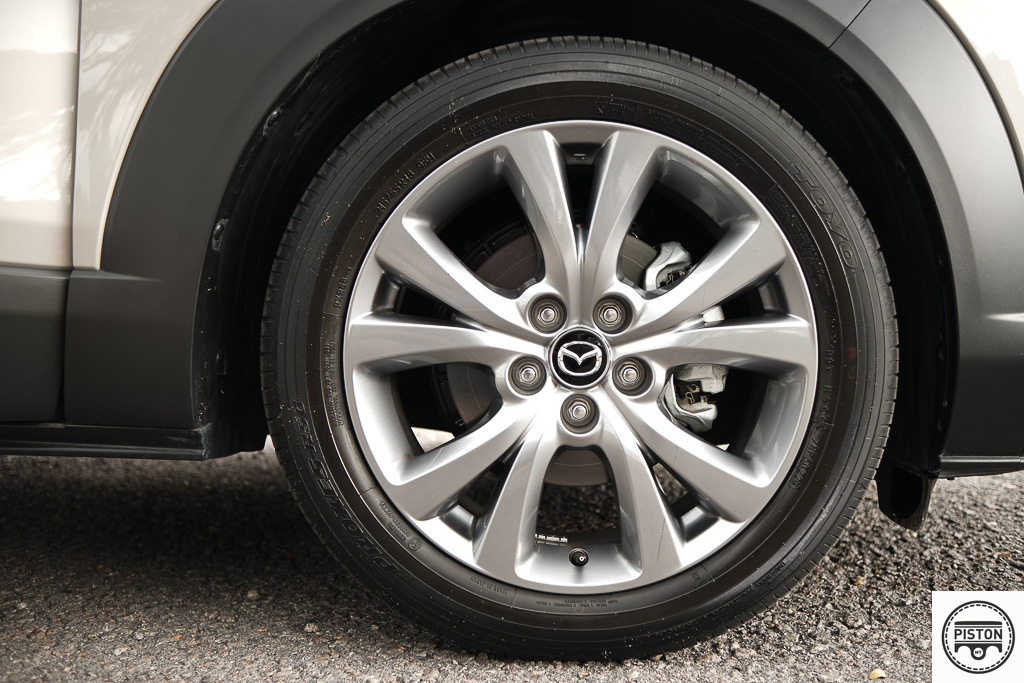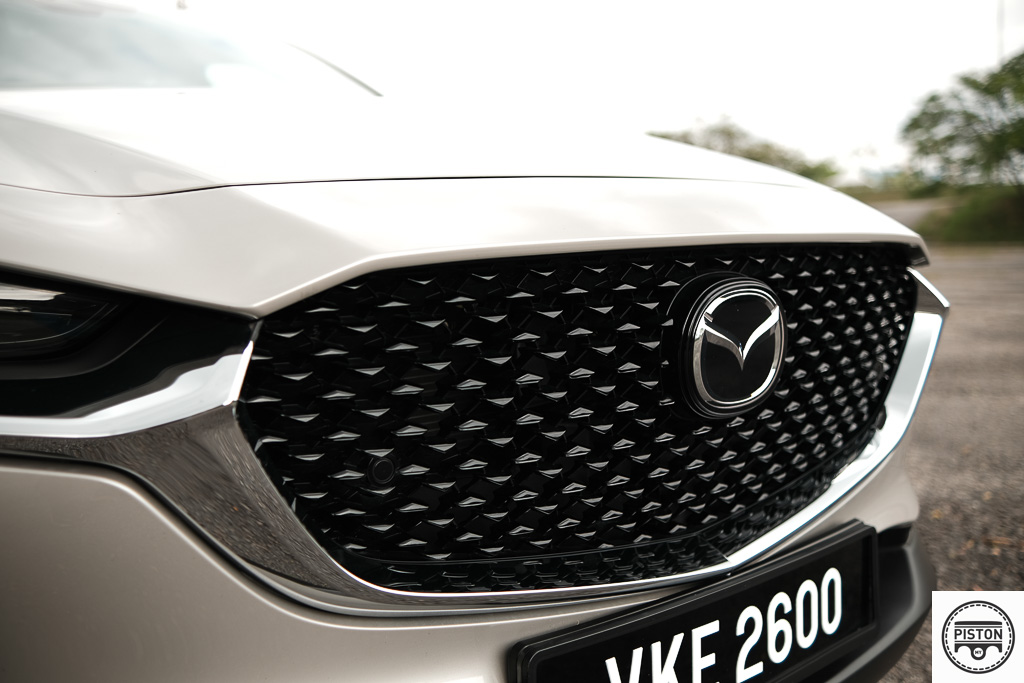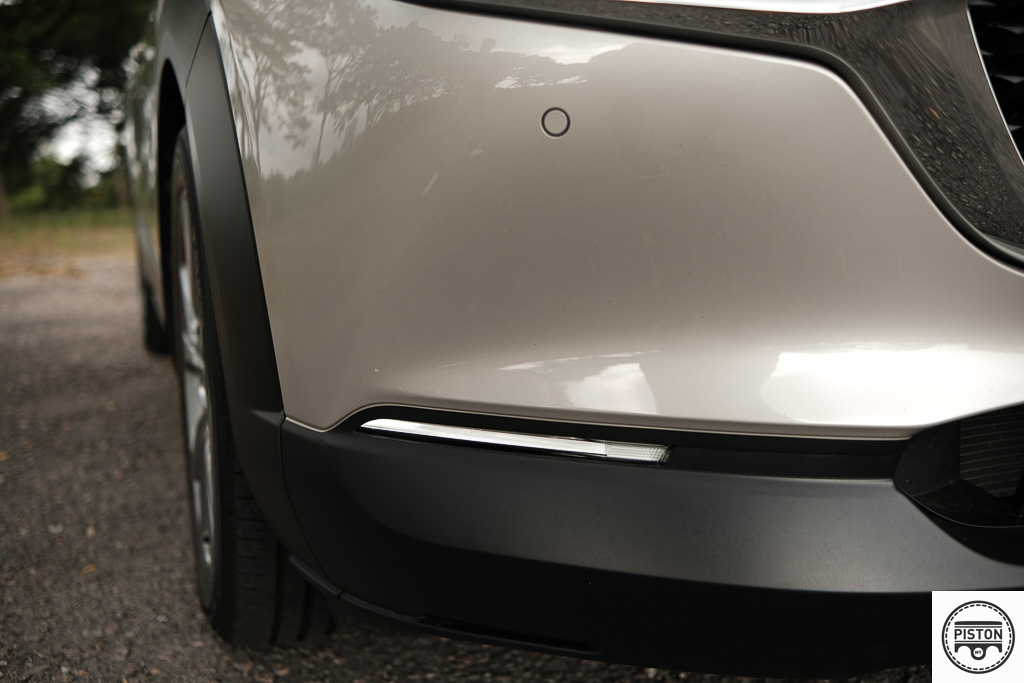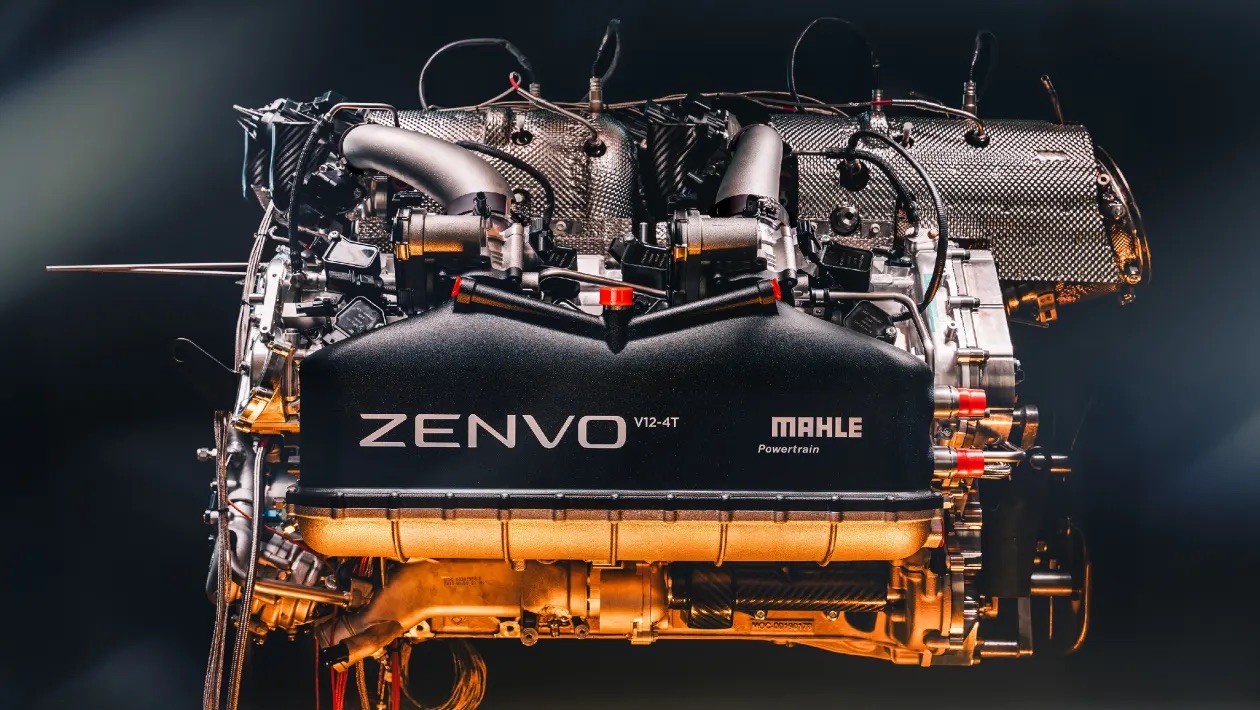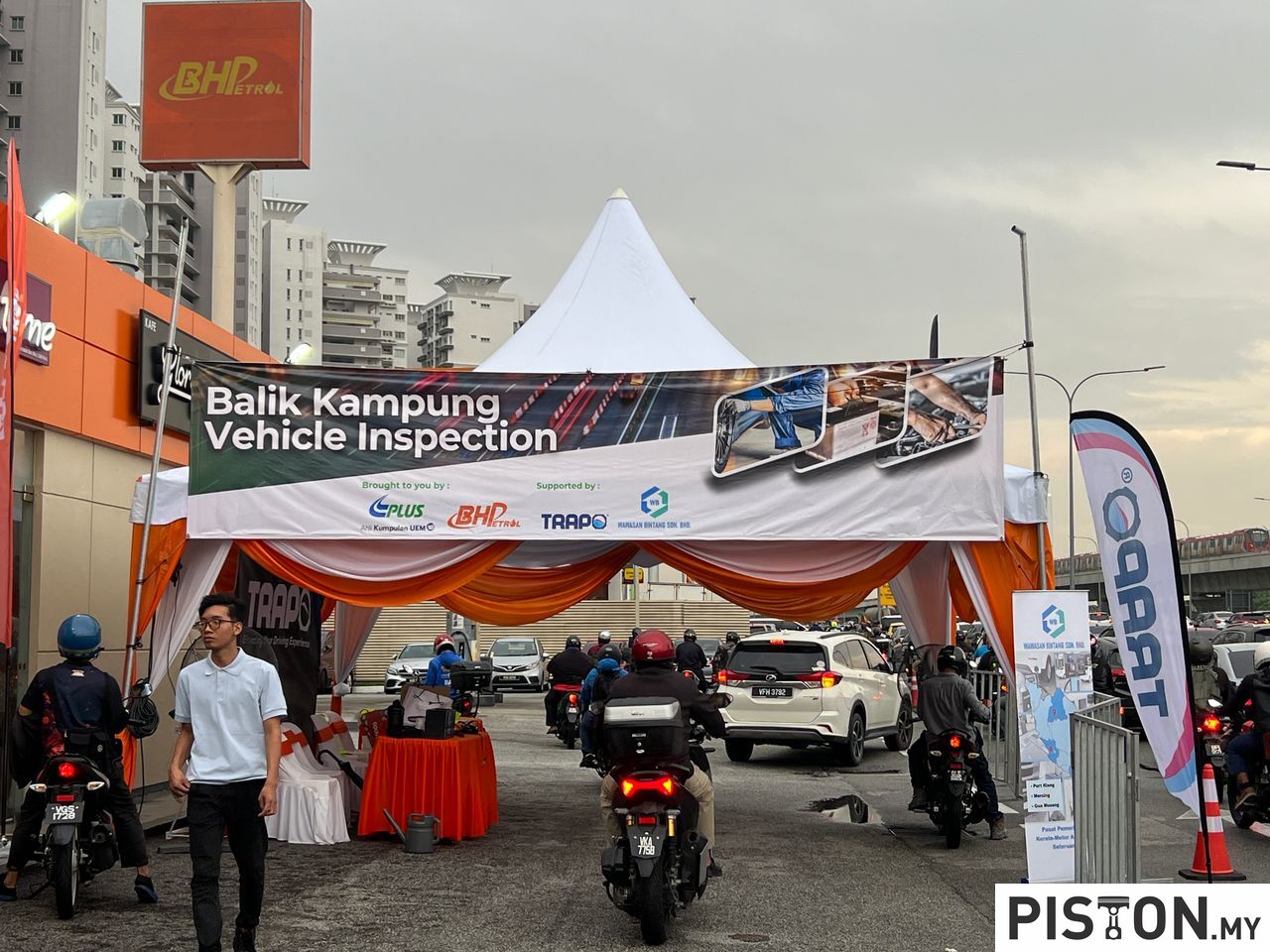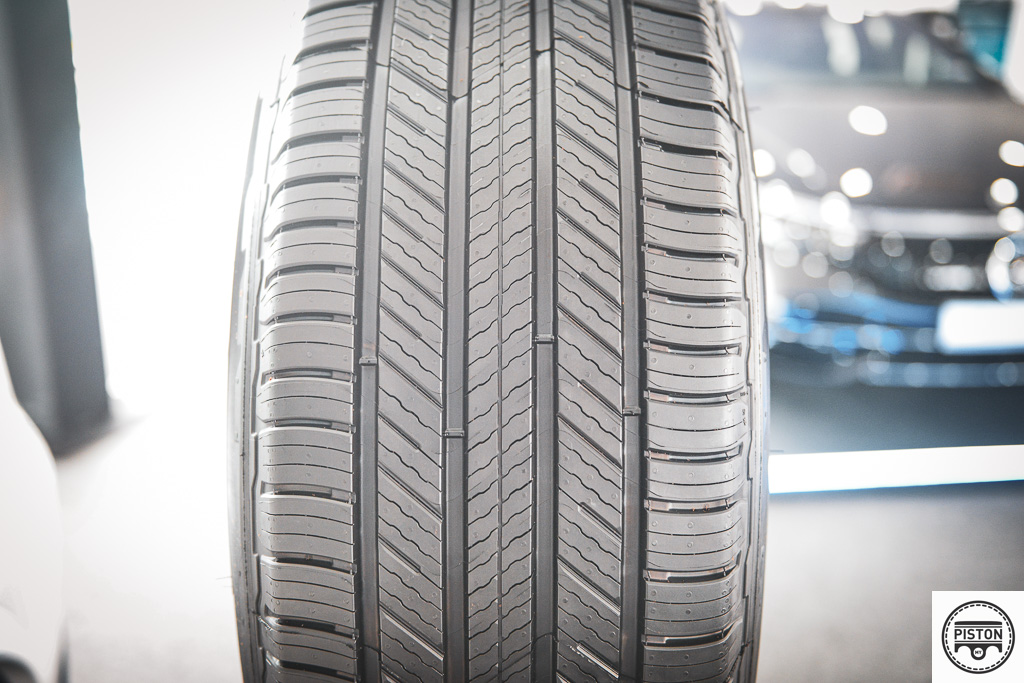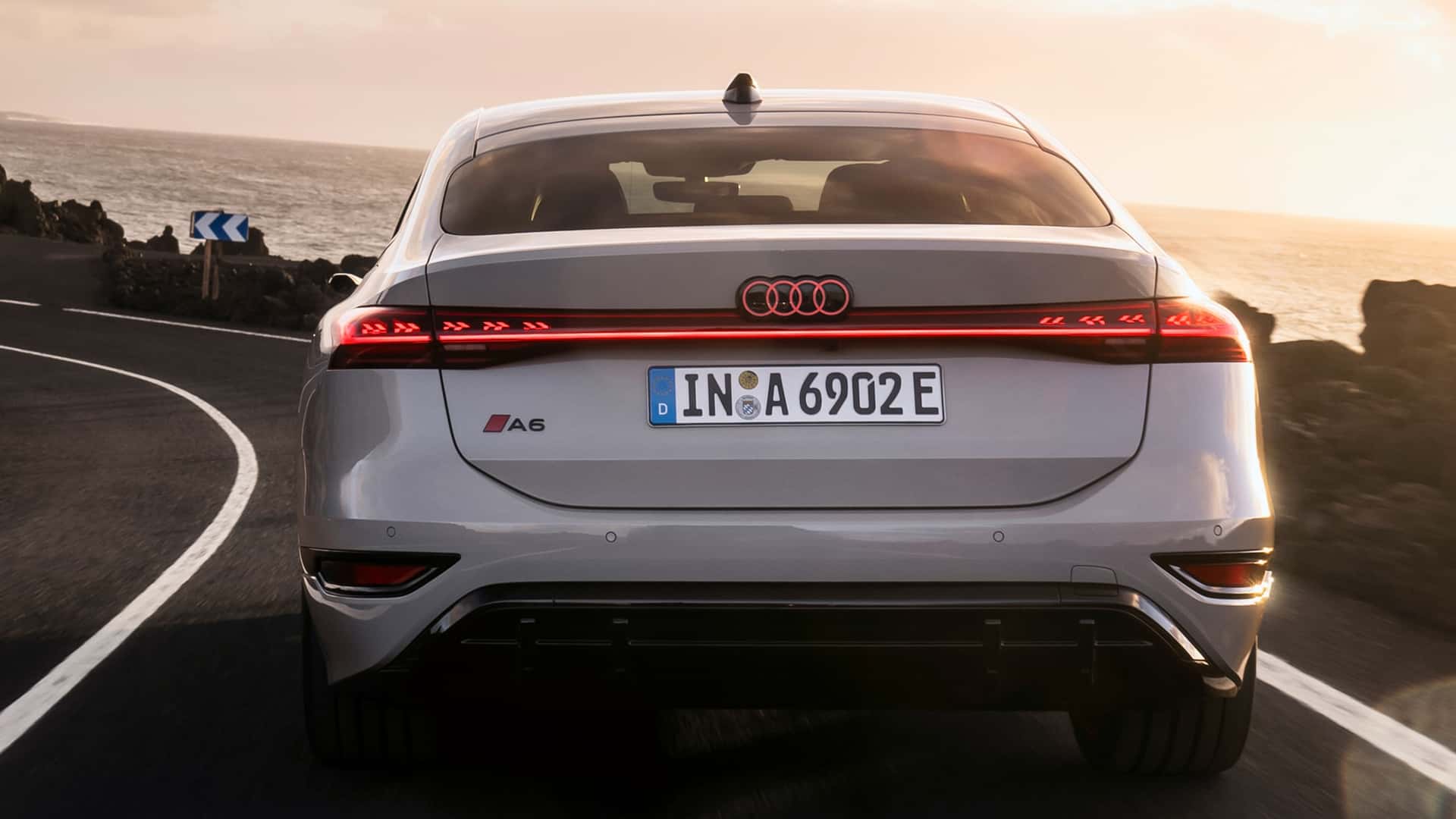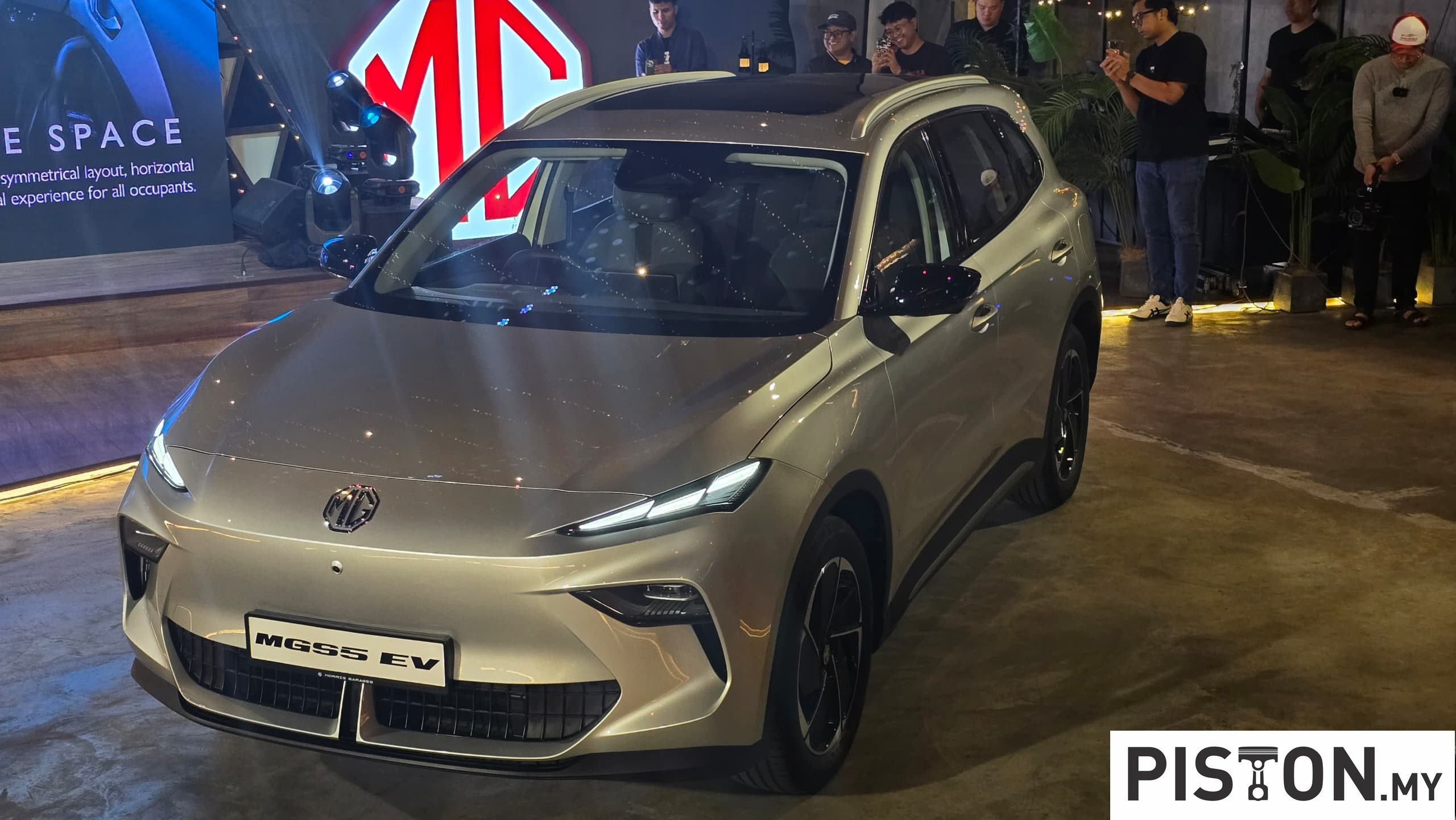The Mazda CX-30 was introduced in 2019 as a model that sits in between the CX-3 and the CX-5. This made good sense for those who found the CX-3 to be too small and the CX-5 to be too big.
And before you ask why Mazda didn’t simply call it the CX-4, well the company already has a CX-4 model in its line-up but that is a China specific model. So to avoid confusion, it chose the easier route of calling the new model the CX-30 instead.
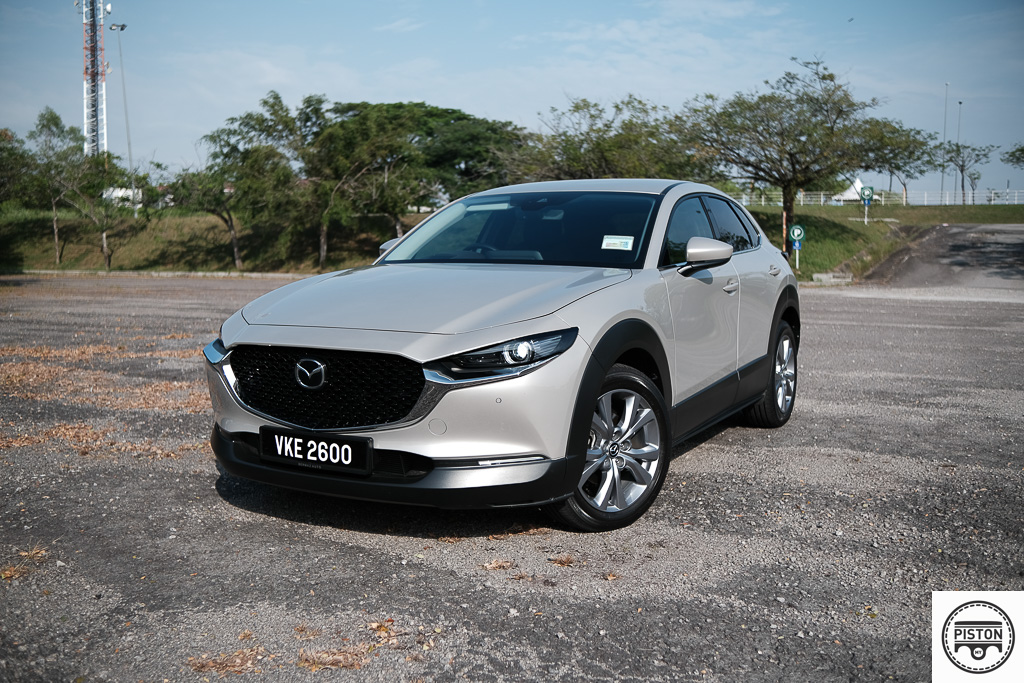
But why does the CX-30 need to exist at all when there is already a small SUV in Mazda’s line-up? The CX-3 is a small SUV while the CX-5 is better suited for family’s, so Mazda thought there may be room in between the models. And they may have been right.
But there’s the small issue of price. There are four variants of the CX-30 on offer, with prices starting from RM131,409 for the entry level model, up to RM161,409 for the flagship model. The model we tested here is the second best and is called the High+ (pronounced as high plus). It is priced at RM159,409, which may be a little difficult to stomach for such a small car.
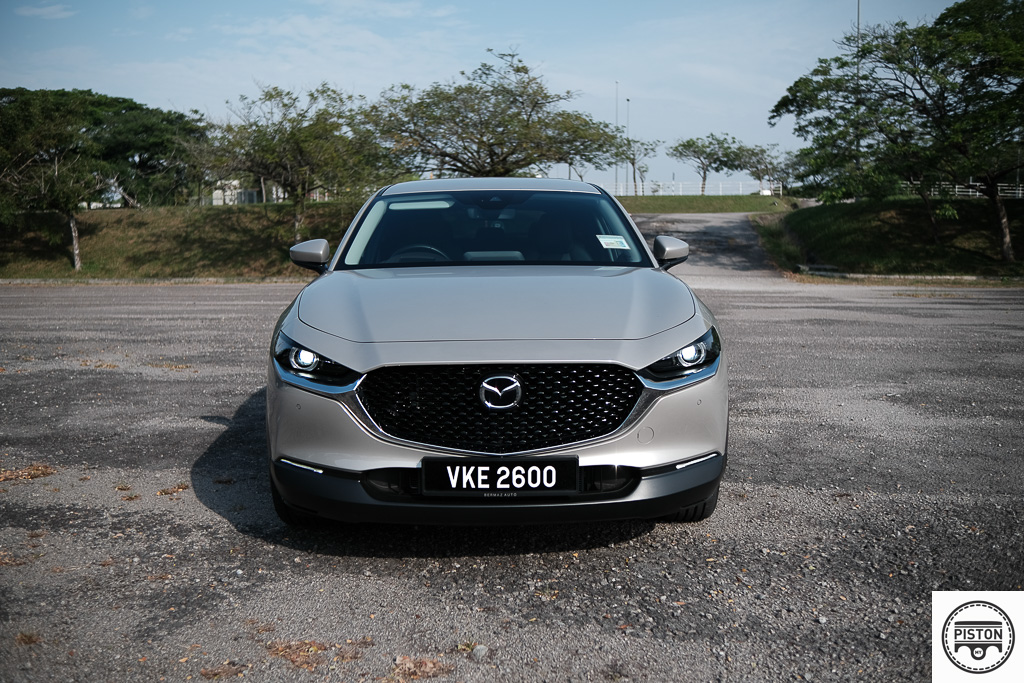
However, Mazdas have never been known to be cheap, in the past two decades at least. They have however been known to be well-built, well-specified and well-engineered. And that is what the CX-30 has to offer.
But why would you want to spend so much on a small car when there are others that offer so much more for less? Cars like the Mazda CX-5, Honda HRV, Toyota Corolla Cross and even the Proton X70 are probably better buys in terms of spaciousness and overall features.
But that would be missing the point of the Mazda CX-30.
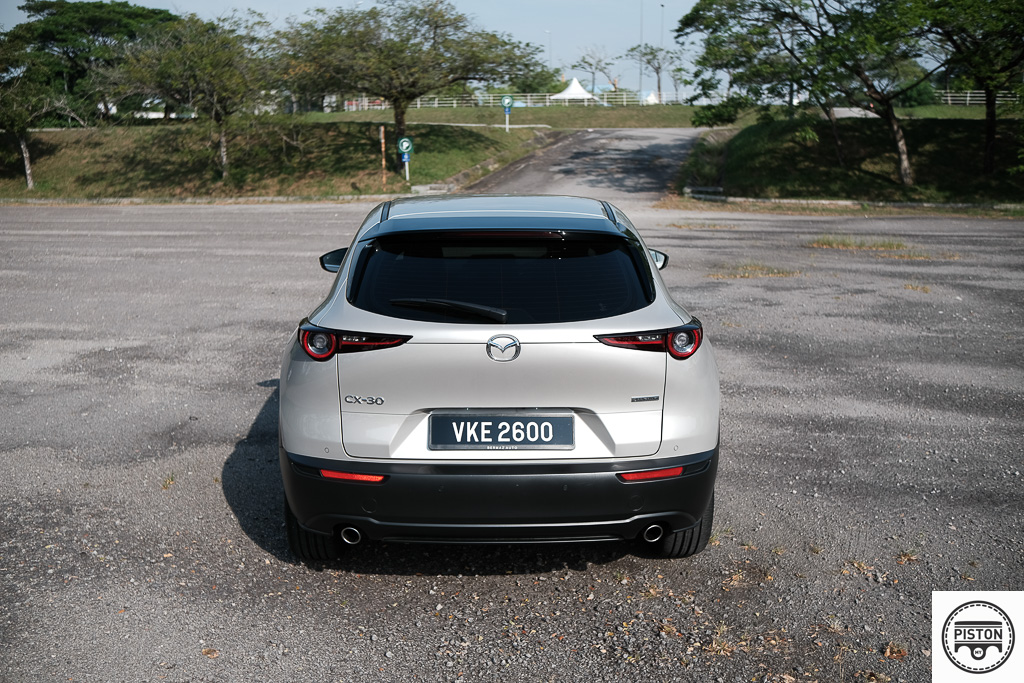
The Mazda may be small, but it packs a mighty punch. Newer generation Mazdas are some of the nicest cars to drive thanks to a technology called G-Vector Control (GVC).
But before delving deeper into the tech, it is worth noting that Mazda is a car company for enthusiasts, and builds cars that focus as much on driving pleasure as it does on passenger comfort and safety. Let’s not forget that this is the same car company that has built some of the greatest cars in the history of the automobile, cars like the MX-5 and RX-7.
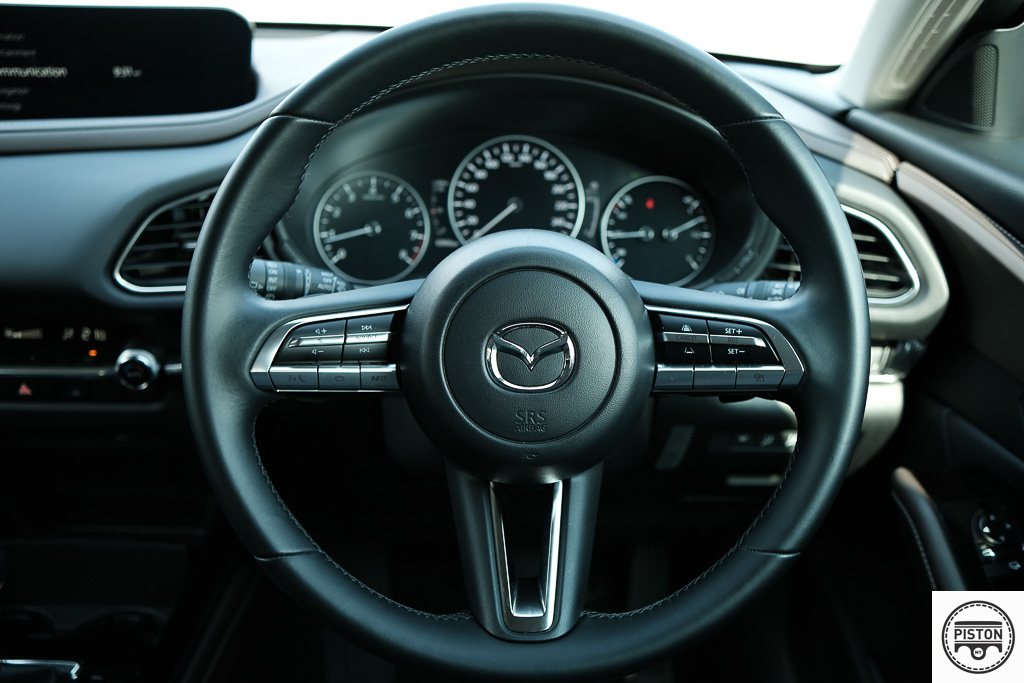
At the very core of every Mazda built is the principle of ‘Jinba Ittai’ – the unison of horse and rider coming together as one. This is to give the rider complete control of the horse through the reins. And in a Mazda, the control comes through the steering wheel and tech like GVC.
The engineering behind the system is mind blowing, complex and will need an entire article by itself to explain. But for simplicity’s sake, the system works by maximizing steering input, making the car feel sharper and more eager to turn in. This also means that you only need minimal steering input to achieve the same result as you would in a car without GVC. The result is a car that feels more agile and responds to every input from the driver instantaneously.
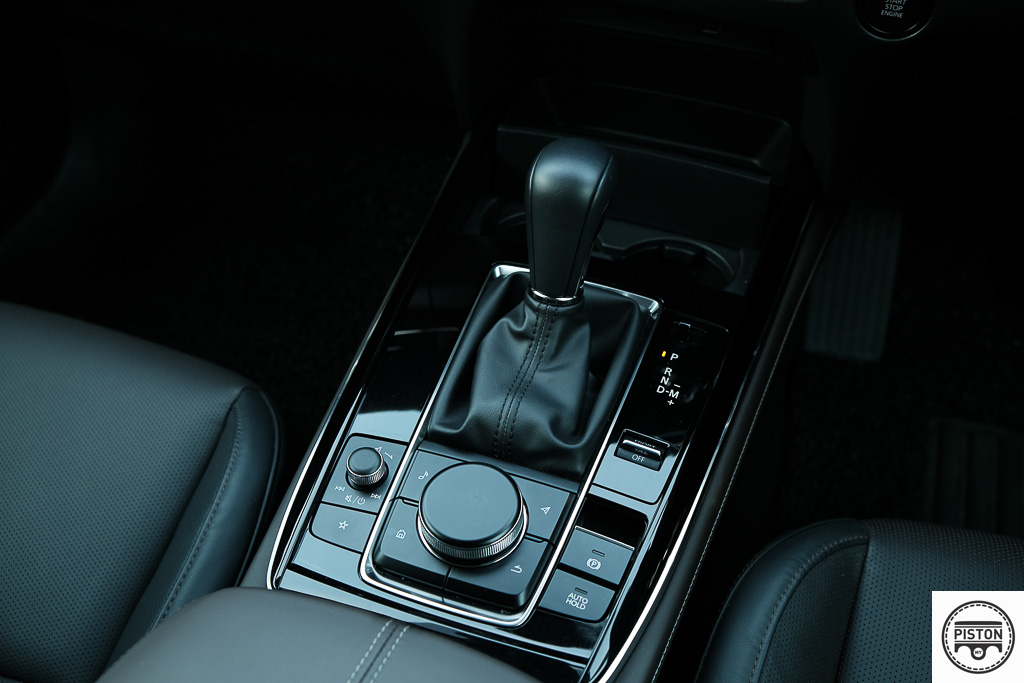
The CX-30 High+ model also comes with steering mounted shifter pedals. This further adds to the sporty character of the CX-30 – giving you absolute control over the powertrain of the car and letting you decide which gear you want to be in when you go into full attack mode.
Having said that though, the power figures are not exactly that impressive. The 2.0-litre engine makes 162hp at 6000 rpm and 213Nm of torque at 4000rpm. Power is sent to the front wheels through a six-speed automatic gearbox.
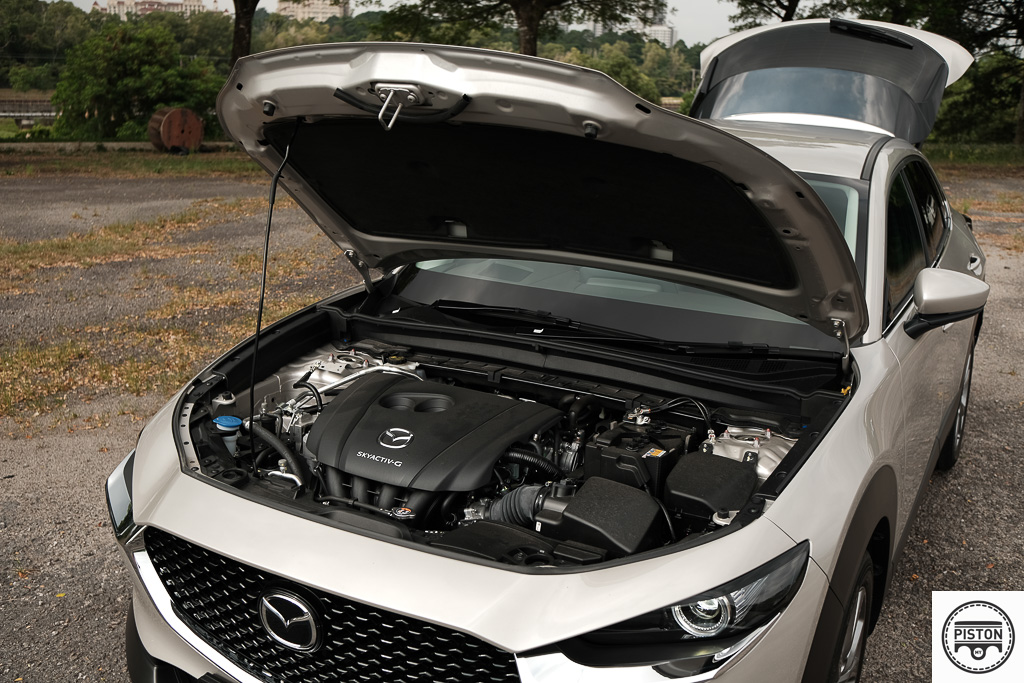
Power delivery takes time as is typical of a naturally-aspirated engine. Since most of the power is made at the upper end of the rpm bandwidth, you have to wring out the engine and wait for it to come alive.
But when it does come alive, that is where the CX-30 is at its finest. The combination of power and control makes it quite fun in corners. However, that joy is quickly let down by the torsion beam rear suspension that makes the rear feel unsettled.
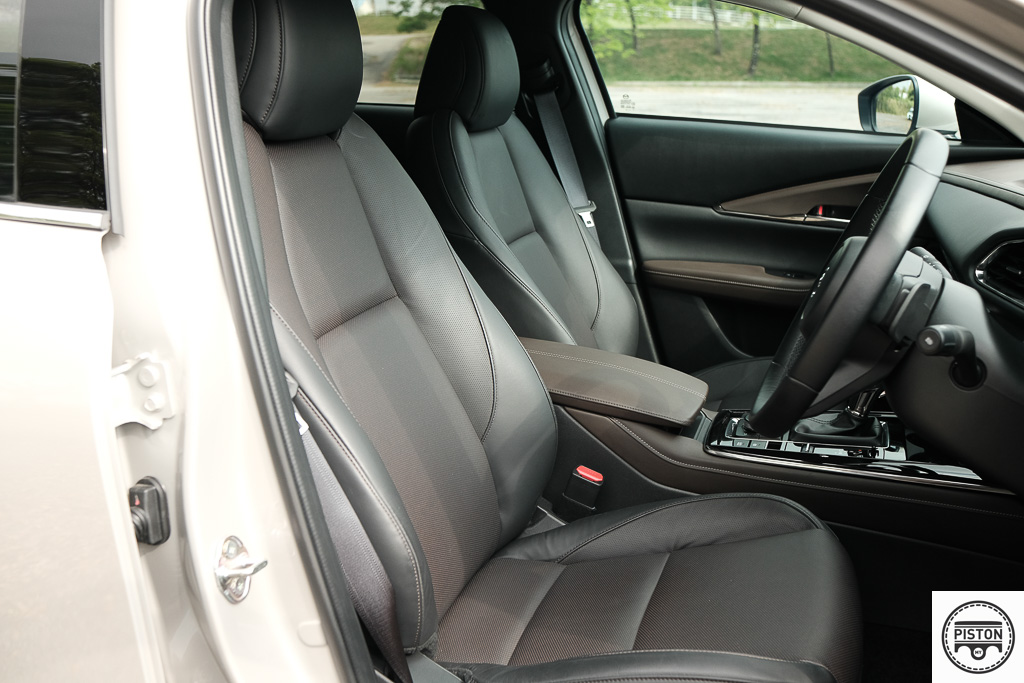
On that point though, the CX-30 is not exactly a sports car, though it def feels great to drive, it does a better job as a daily commuter that keeps its occupants comfortable.
If you’re not familiar with Mazda cars, the interior might feel a little understated and minimalist. The interior of the CX-30 is the same. It is devoid of anything that will take your breath away.
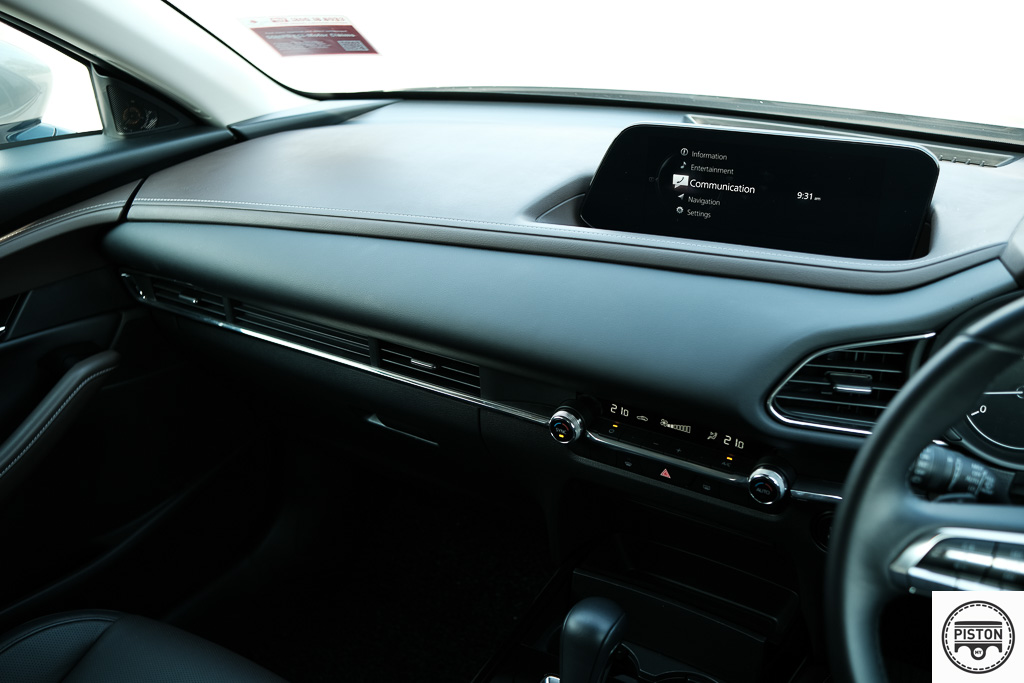
Instead, what you get is a purposeful interior that prioritises the important things. The quality though is top notch. There’s plush leather and soft touch plastics everywhere around the interior, and this makes the interior feel more expensive than what it actually is.
The seats are comfortable and supportive, and space is especially impressive for the front passengers. While the CX-3 can feel cramped, the CX-30 feels generous in terms of spaciousness.
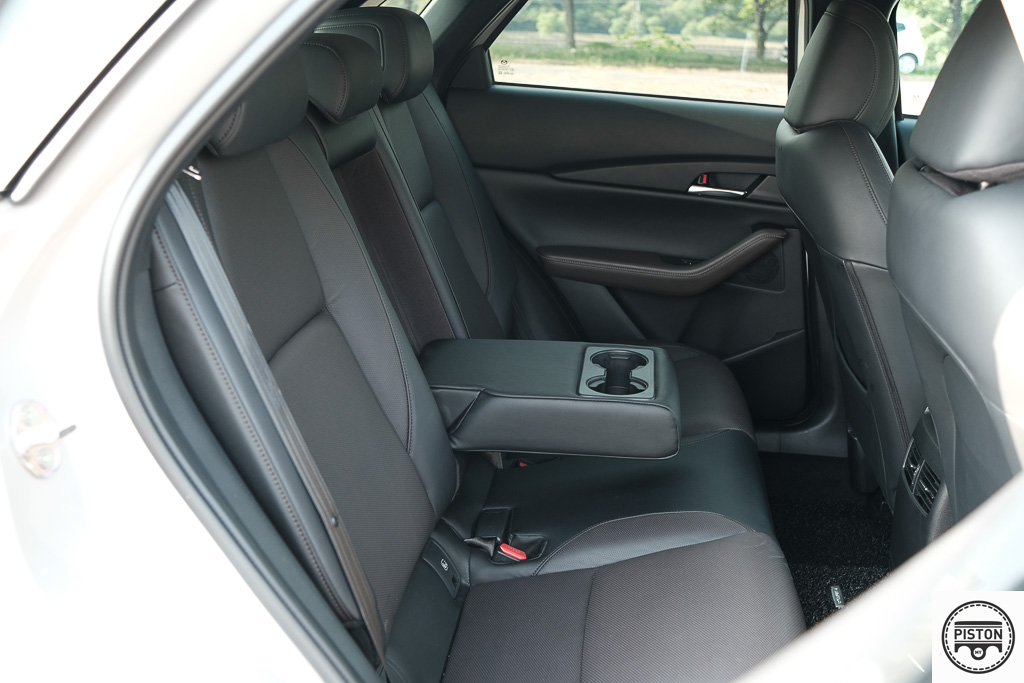
The rear seats though still feel cramped. Taller passengers will be hard done to be comfortable and even toddlers in their Isofix mounted child seats may find their legs sandwiched in between the front seats.
To top it off, there is no USB port for rear passengers, not even an auxiliary power outlet.
And there in lays the problem with the CX-30. It may be a good-looking car that is fun to drive with a decent powertrain. But it is an expensive small SUV and does not quite prioritise the utility part of an SUV with its small-ish interior.
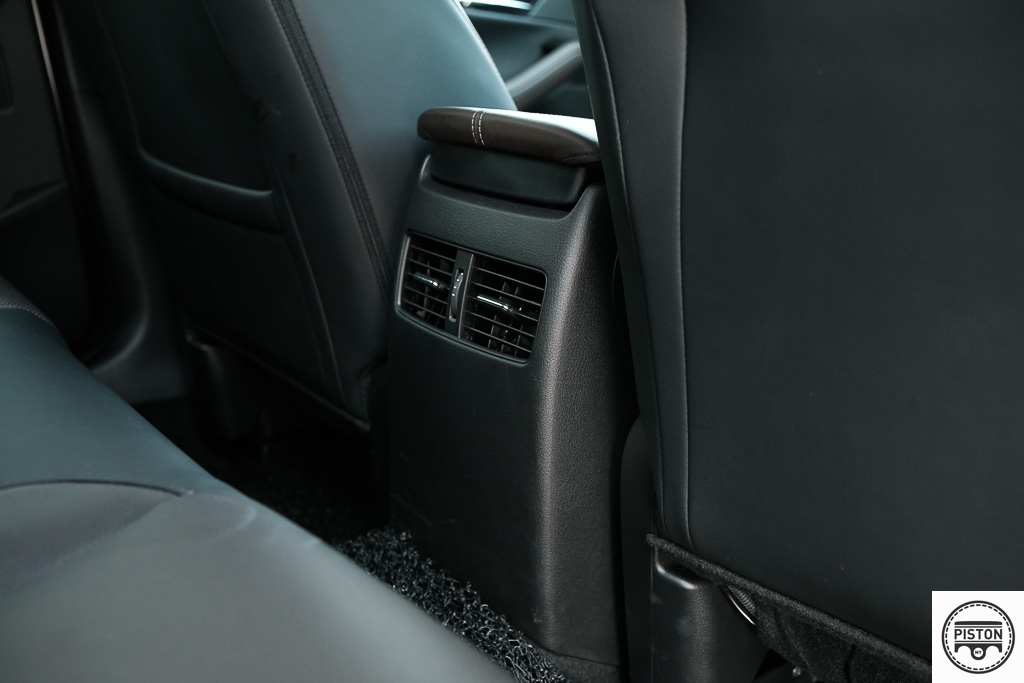
In fact, its sibling the Mazda CX-5 2.0G High may be the better buy than the CX-30 High+ from within Mazda Malaysia’s own stable of cars. The CX-5 2.0G High costs a little under RM157,000 and it has most of what the CX-30 High+ has to offer, including spaciousness.
Just like the CX-30, the CX-5 too is a fun car to drive and because of the taller ride height, it might just be better to drive for those who need to prioritise spaciousness, i.e. families.
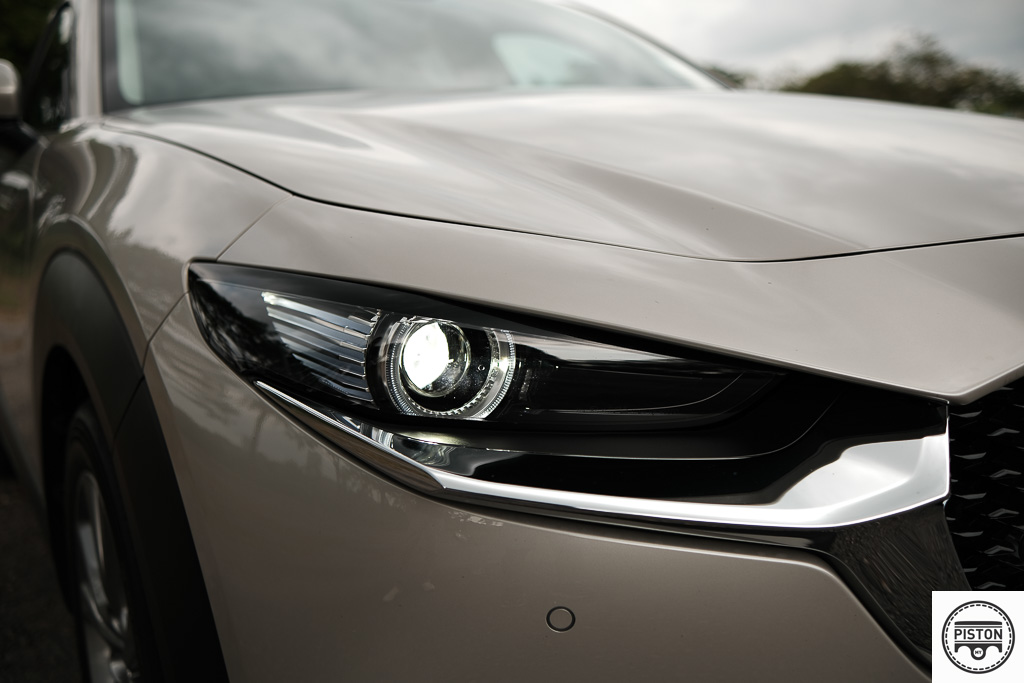
However, in defense of the CX-30 High+, it does come with quite an impressive list of features such as an adaptive front-light system and adaptive LED headlamps that turns the light according to the angle of the steering wheel, there’s also a complete Advanced Safety Technologies that include adaptive cruise control, lane departure warning, blind spot monitoring and a lot more. All designed to keep the driver and passenger safe in all situations.
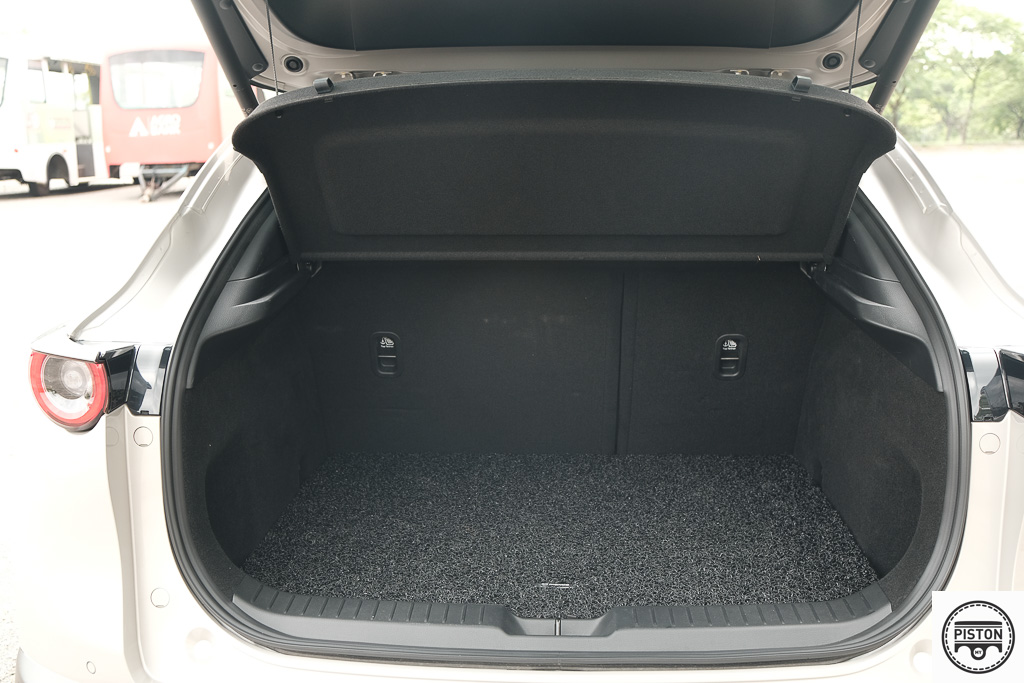
So if the CX-30 High+ picks your curiosity but you find it expensive, perhaps the price of the entry level Standard model may be easier to digest. It does not have all that the High+ variant has to offer, but it is RM20,000 cheaper. Perhaps that might be the model to consider if the CX-30 is what whets your appetite. Otherwise, the CX-5 is the better buy.
Specifications
Engine: 2.0-litre, DOHC, 16-Valve, 4-Cylinder with VVT
Power: 162hp@6000rpm
Torque: 213Nm@4000rpm
Transmission: 6-speed with Manual Shift Mode
Suspension: MacPherson Struts (Front) Torsion Beam (Rear)
Price: RM151,409
We like: Style, interior quality
We don’t like: Pricey
